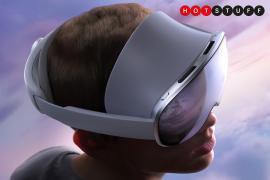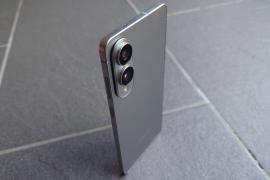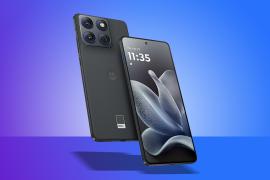A week with the Samsung Galaxy Z Fold 7 convinced me this is the new foldable to beat
Book-style foldable gets its greatest generational upgrade yet
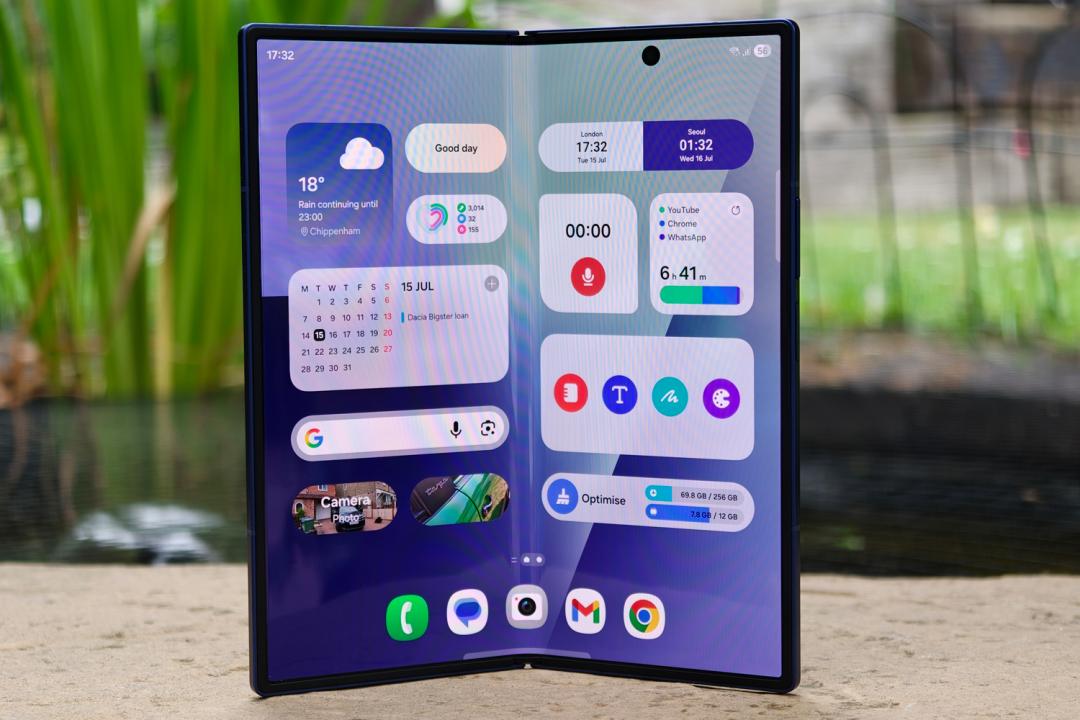
Stuff Verdict
Slimmer than ever, and with a superior camera setup; the Galaxy Z Fold 7 is a monumental year-on-year upgrade. Samsung has finally given foldable fans (almost) everything they’ve been asking for.
Pros
- Finally, a properly thin and desirable Z Fold
- Rear camera trio put in a fab performance for a foldable
- Larger screens make all the difference to usability
Cons
- Battery capacity is now the weak link
- A small minority will miss S Pen support
Introduction
The Galaxy Z Fold 7 might resemble its square-jawed smartphone predecessors from a distance, but the minute I had one in my hand it was clear this is a far more elegant foldable than anything Samsung has produced so far.
It’s about time, to be honest. Challengers from China have been doing the thin thing for a few years now, while also majorly stepping up on photography with each successive release. The Samsung equivalents have been safe bet upgrades at best, verging on boring at worst – hardly a strong argument for parting with $1999/£1799.
That’s just the entry-level 12GB/256GB model, too: the Z Fold 7 tops out at an eye-watering $2419/£2149 for 16GB/1TB. In certain markets, Samsung is at least offering up a 100-day trial of the new Z Fold 7 and Z Flip 7 (throwing in a free case to boot), with a full refund and front-door collection if you decide it’s not for you.
I’d be surprised if you did, though. There’s both form and function here, with a major camera upgrade, top-tier chipset, and a pair of screens that are a treat for the eyes. For many, that adds up to the best book-style foldable yet.
How we test smartphones
Every phone reviewed on Stuff is used as our main device throughout the testing process. We use industry-standard benchmarks and tests, as well as our own years of experience, to judge general performance, battery life, display, sound and camera image quality. Manufacturers have no visibility on reviews before they appear online, and we never accept payment to feature products. Find out more about how we test and rate products.
Design & build: crash diet
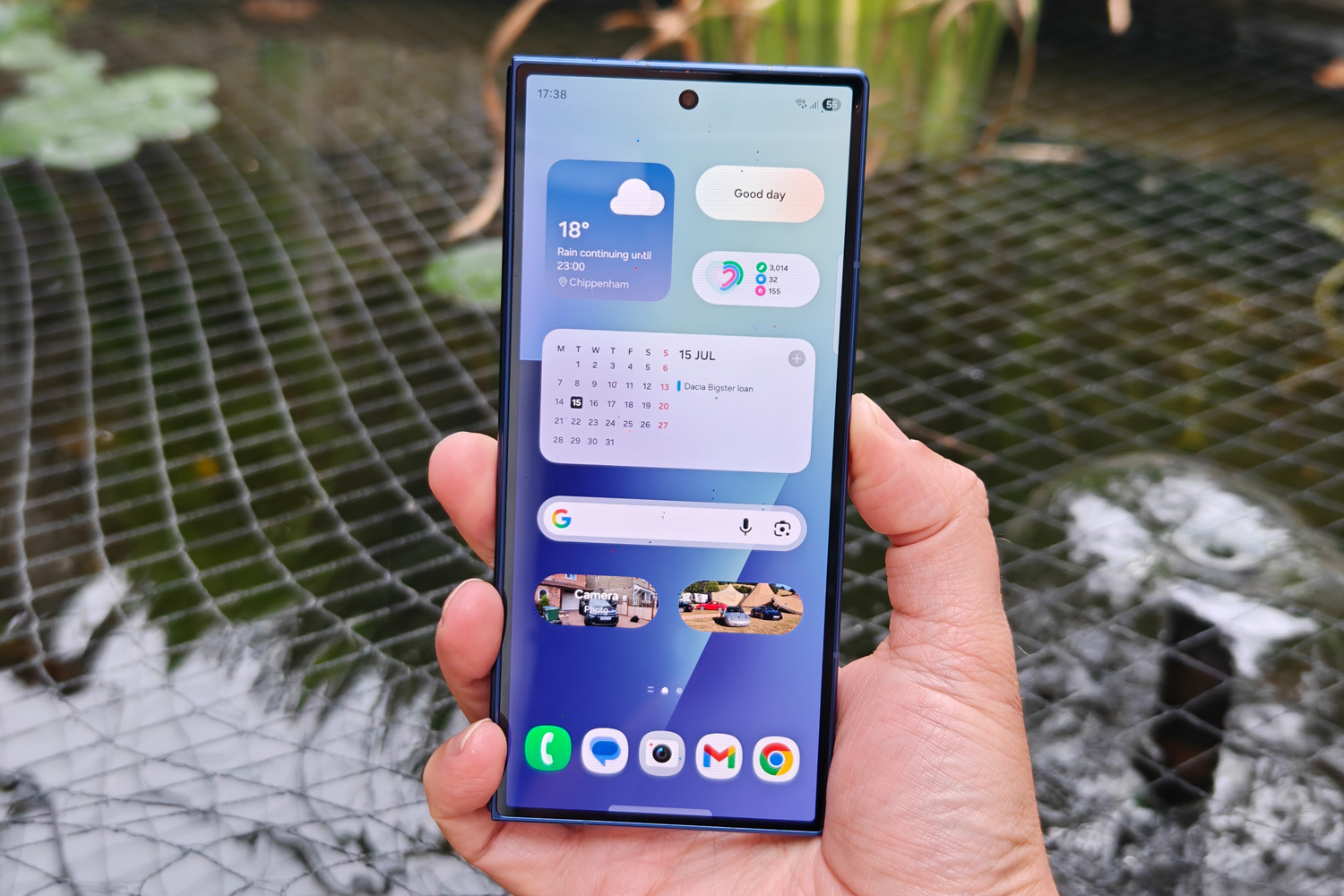

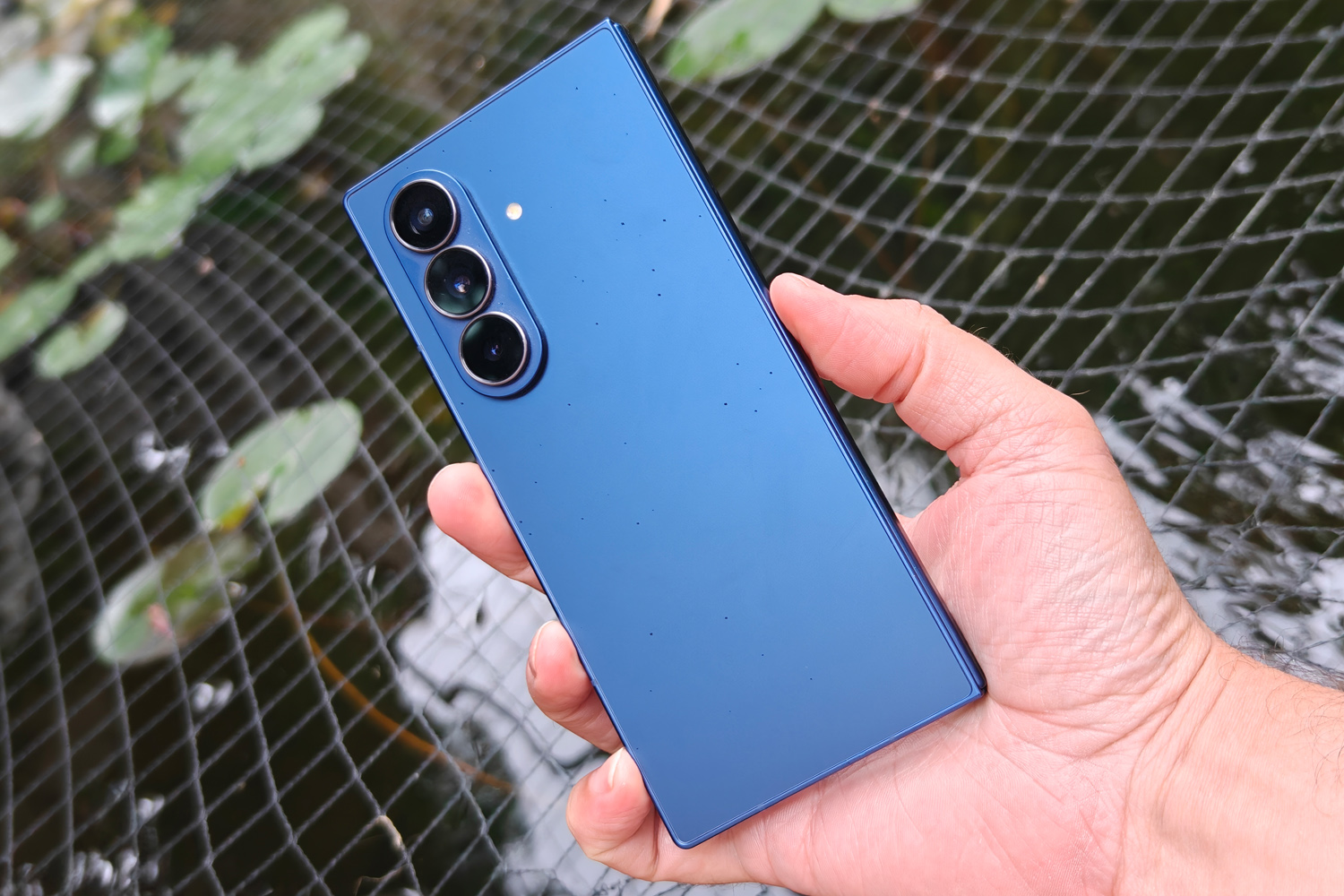
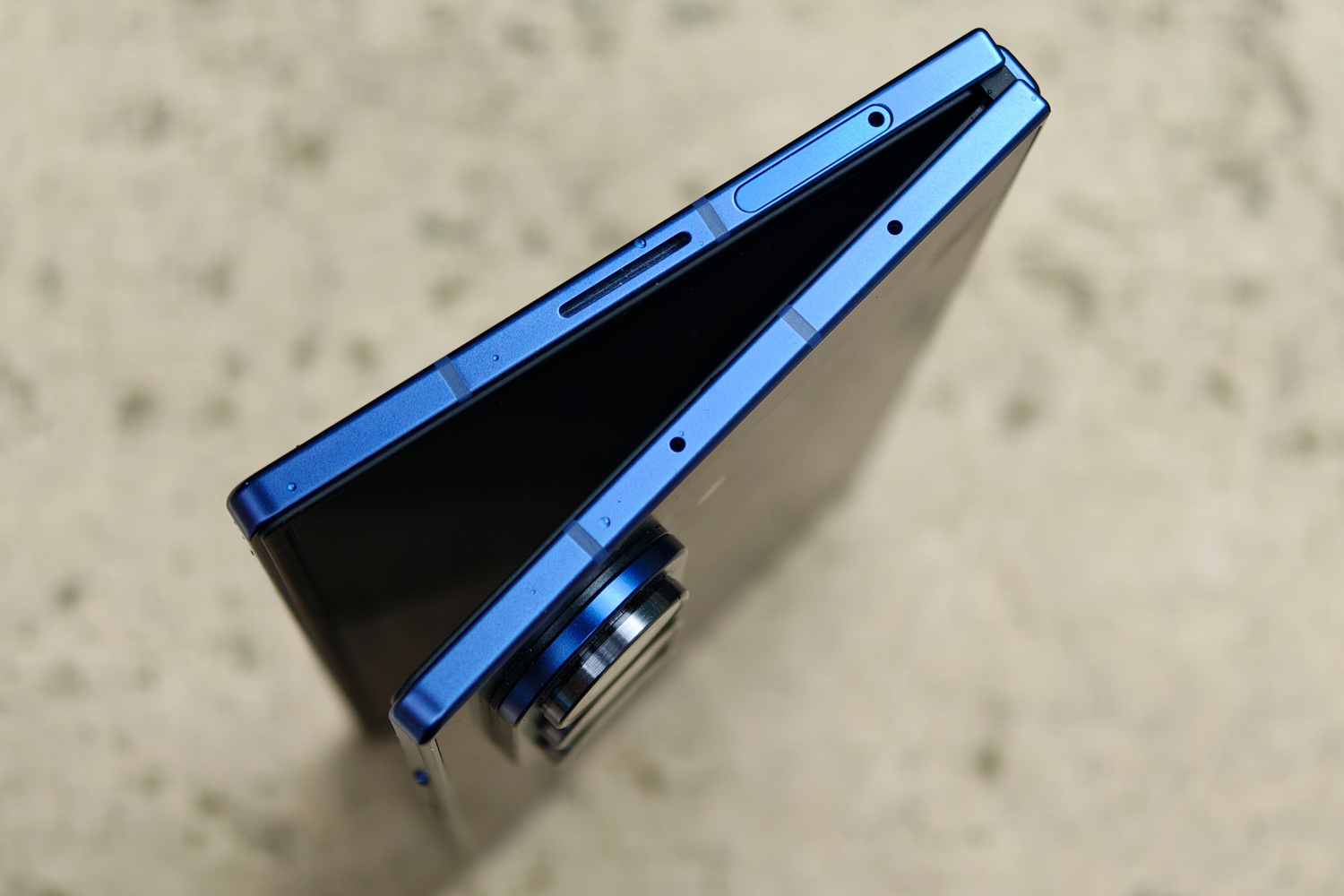
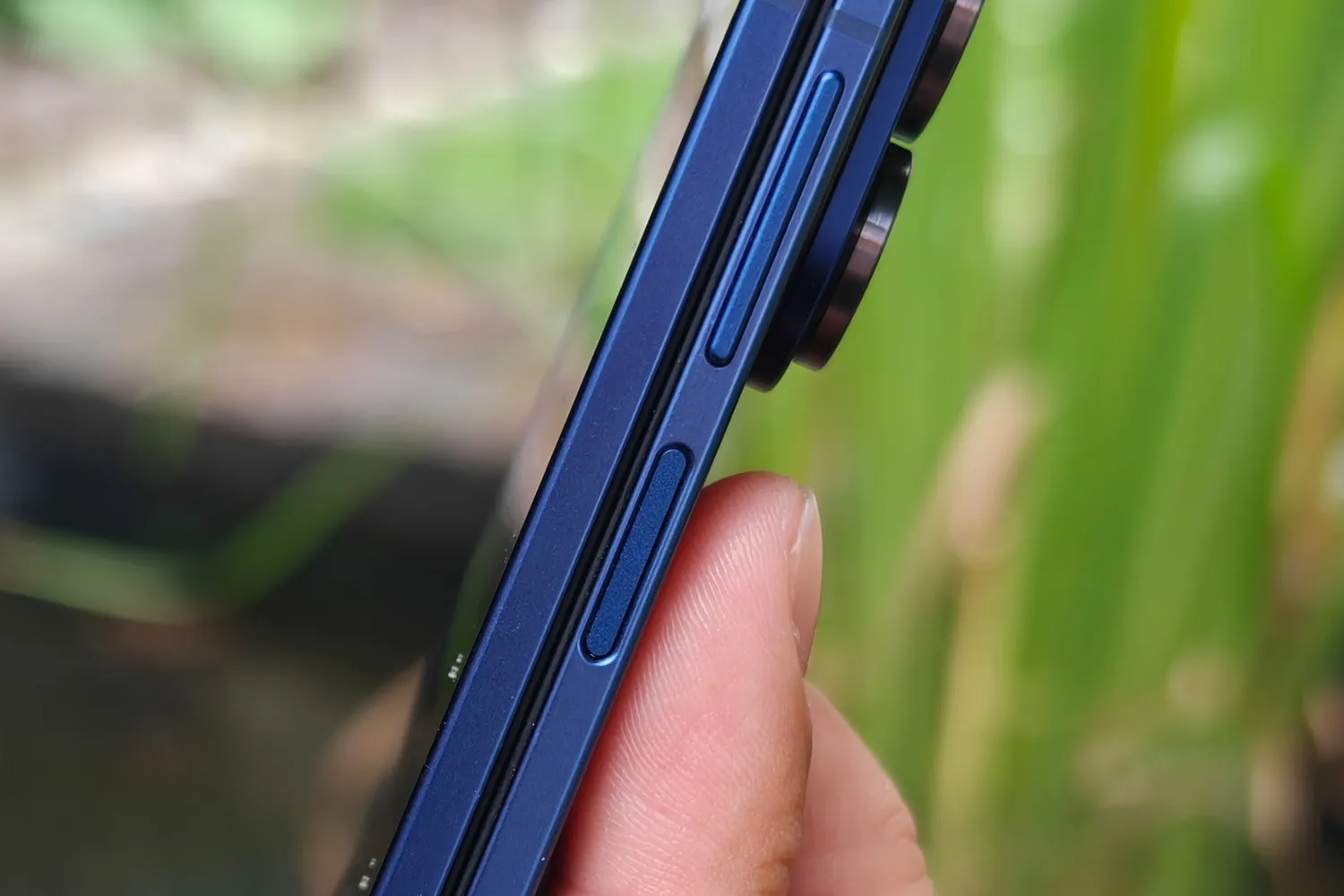
Side-by-side with a Z Fold 6, it’s almost comical how much slimmer and sleeker this new model is. Closed shut it’s a pencil-thin 8.9mm; when open it’s a mere 4.2mm, not counting the (admittedly subtle) camera bump. The Fold 7 has shrunk to such a degree it’s like Samsung’s engineers have discovered the tech equivalent of Ozempic.
OK, it’s not the world’s thinnest book-style foldable – but I doubt many phone fans are going to lose sleep over a fraction of a millimetre.
Samsung had to remove some display tech to achieve such svelte proportions, meaning there’s no more stylus support. But even die-hard S Pen supporters will have to agree ditching of the digitiser layer was the right move. I’m far happier with a thinner foldable in my pocket, than one with features I’ve never used. Don’t forget you had to pay extra for an S Pen to use with previous Folds, and there was nowhere to store one unless you also bought a case.
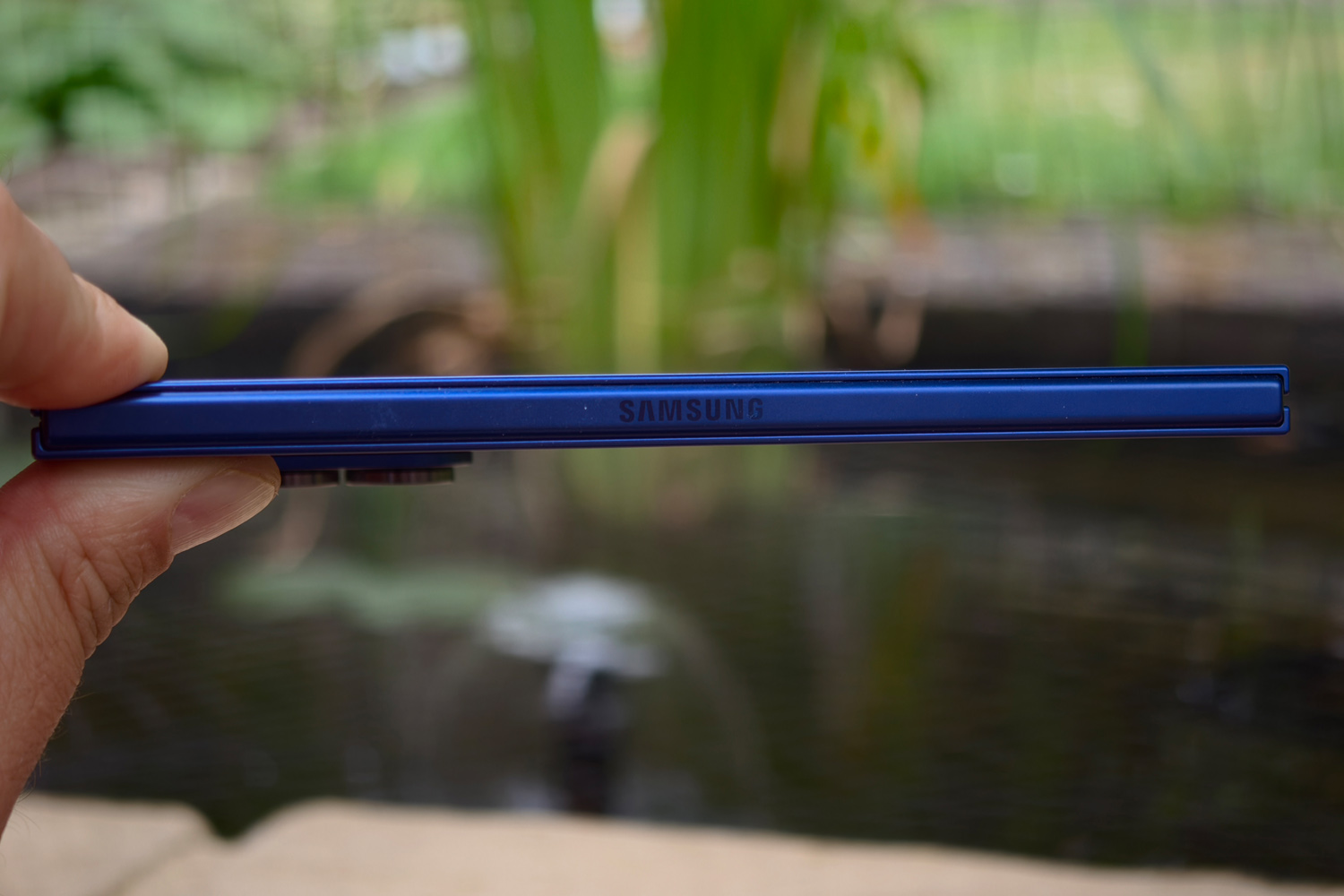
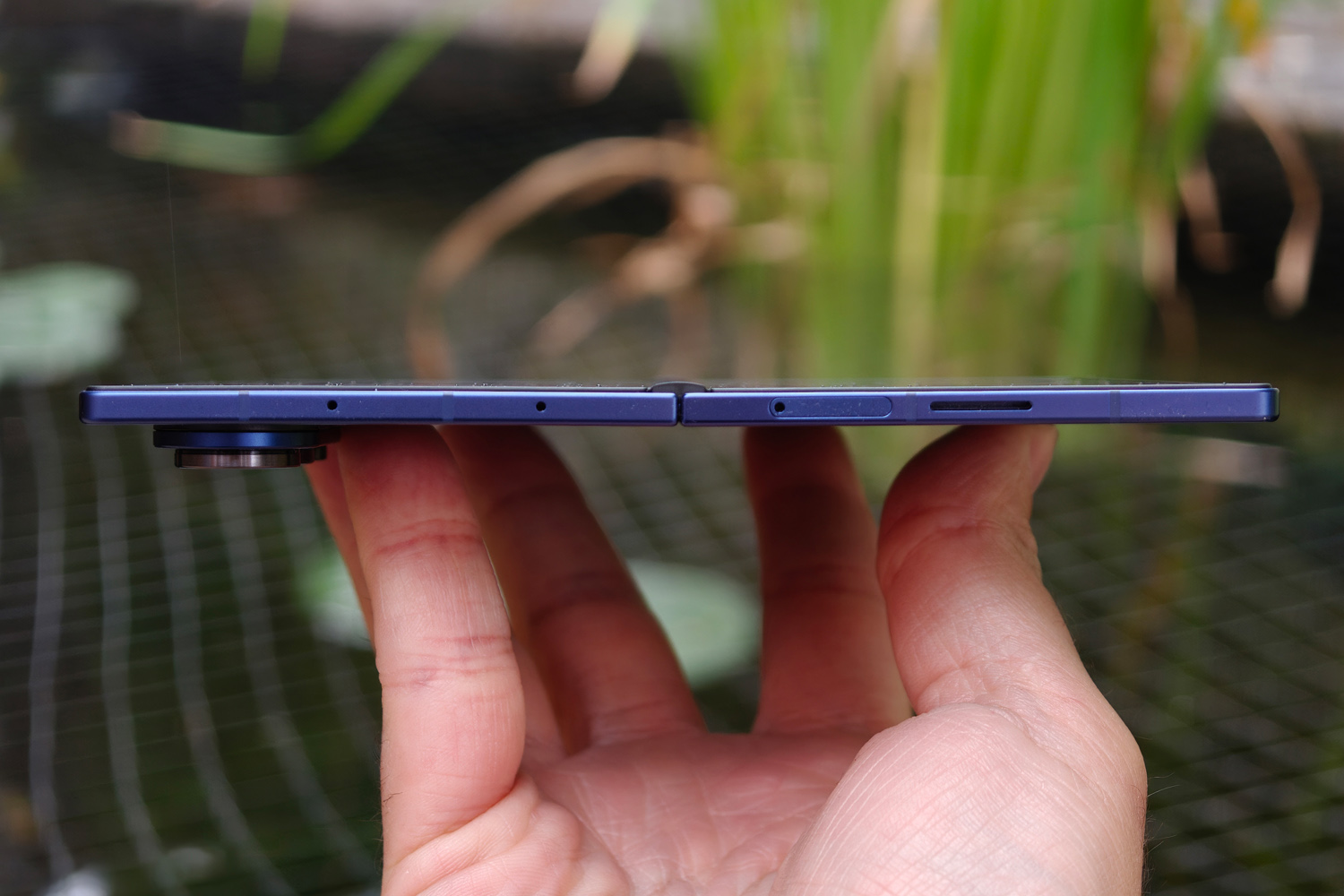
Crucially this 215g phone feels just like a conventional handset in my hand and pocket, being 3g lighter than the non-folding S25 Ultra. It looks gorgeous in Blue Shadow colours, too.
The sharp lines and subtle curves are in keeping with Samsung’s current line-up – most notably the Galaxy S25 Edge – and perhaps don’t sit as comfortably in your hand as something a little more rounded, but there’s still enough to grip onto and the fingerprint-sensing power button falls directly under your thumb (or index finger if you’re a leftie). It’s quick to detect your digits, too.
An IP48 resistance rating isn’t quite class leading, and meant I had second thoughts taking the phone to spectate a very dusty rally stage. Still, it should survive accidental dunkings, which are a more likely everyday occurrence.
The screen hinge also feels satisfyingly sturdy. That’ll be Samsung’s water-drop Armor FlexHinge doing it’s thing; swapping from a dual-rail to a multi-rail design has helped more evenly distribute pressure. The whole thing slides open and snaps shut gracefully.
Screen & sound: bigger is better
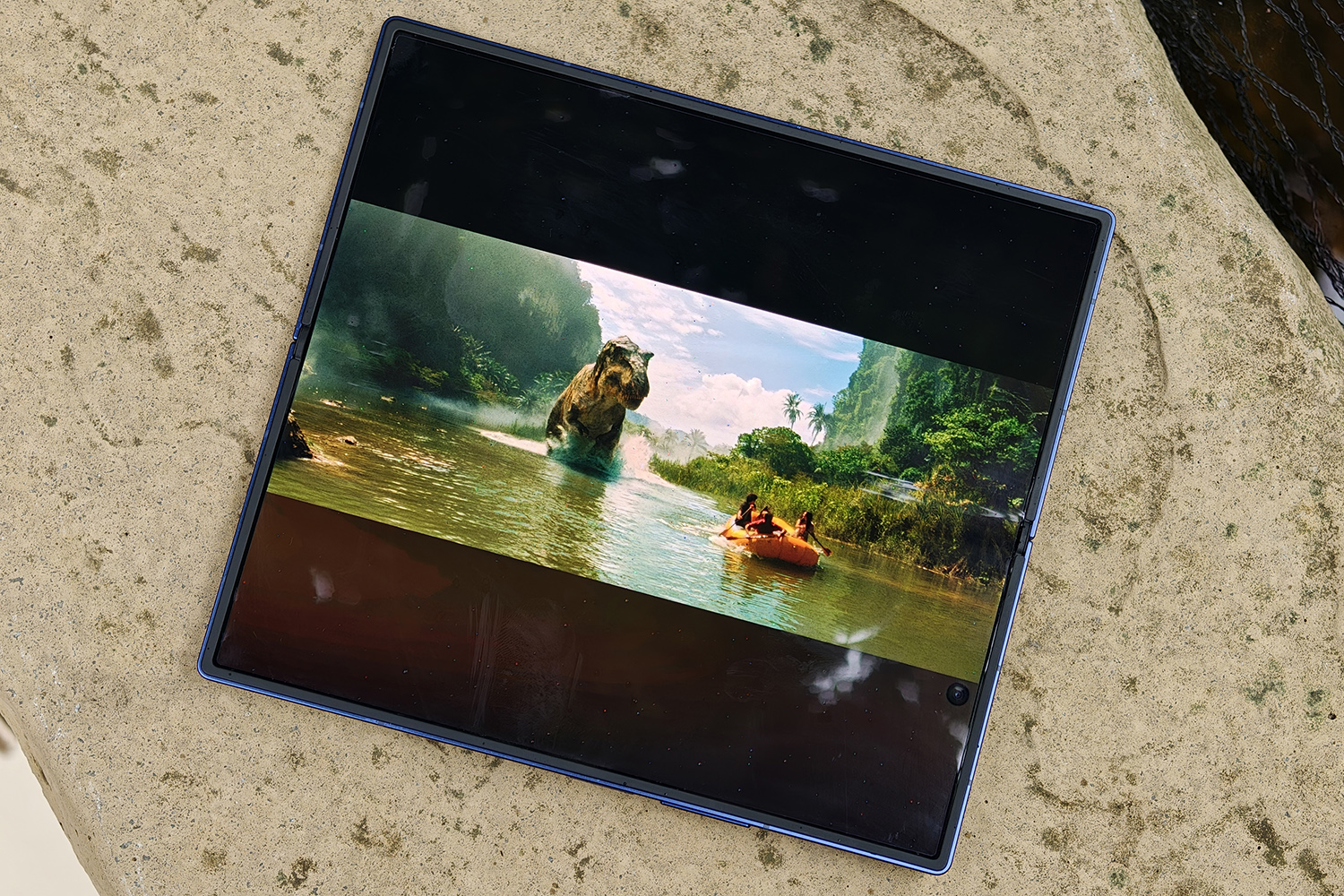
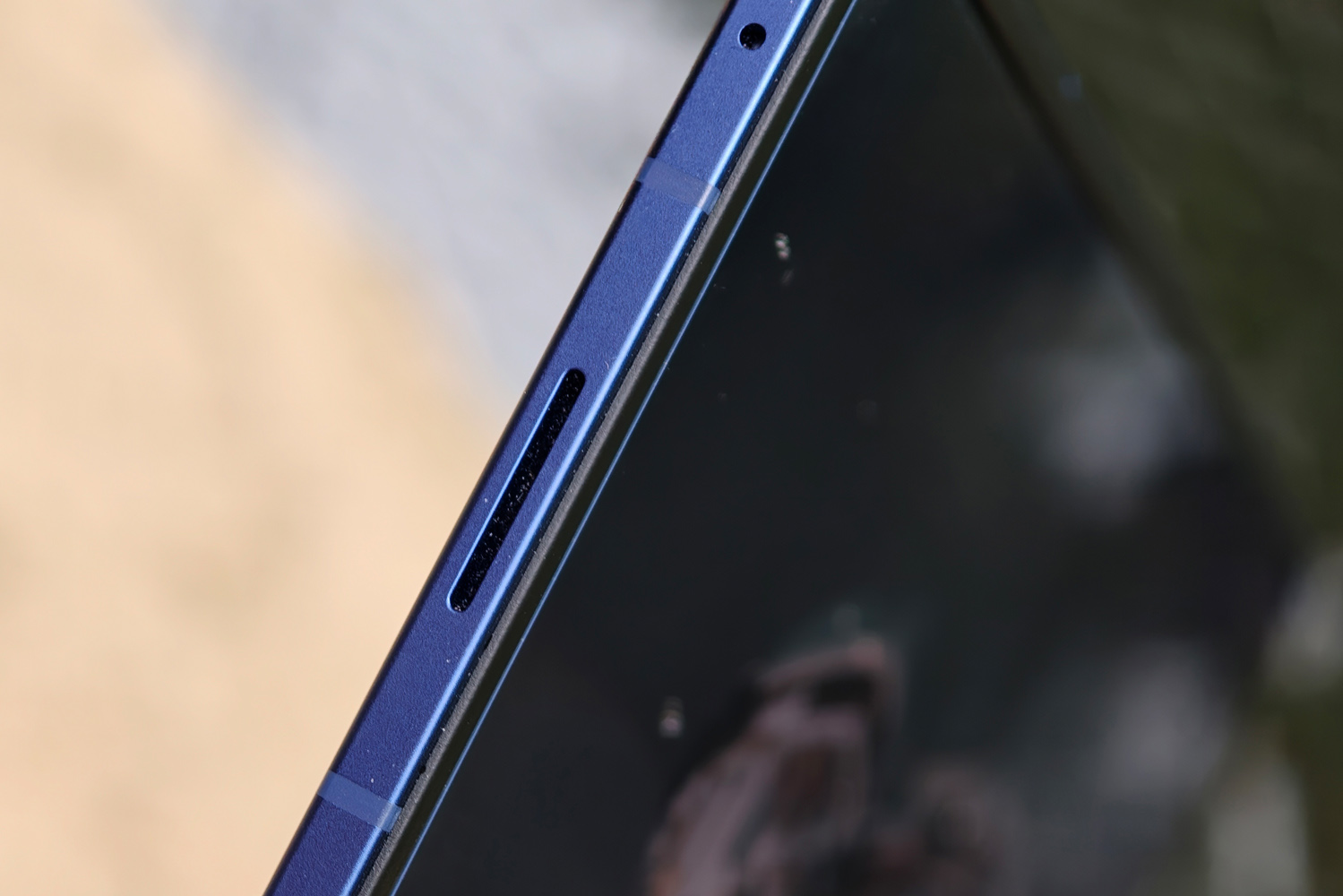

Previous Galaxy Folds insisted on giving their outer displays narrow aspect ratios, which made them fiddly to type on when closed. I’d often swap to the larger inner screen for even basic tasks. That’s not a problem here. The Z Fold 7 has a larger, more conventionally proportioned 6.5in outer screen, giving apps and web pages lots more room to breathe. The onscreen keyboard is far more comfortable to type on, too.
The outer bezels are noticeably slimmer than the last-gen phone, while the underlying AMOLED panel (or dynamic AMOLED 2X in Samsung jargon) is a peach. Everything looks pin-sharp, with the sort of vivid colours and outstanding contrast I’ve come to expect from Samsung screens. The 120Hz refresh rate makes scrolling gloriously smooth and it gets properly bright, too. I had no trouble with outdoor visibility, even when wearing sunglasses – and unlike some rivals, it cranks up almost instantly. The ambient light sensor is clearly working overtime, and I’m all for it.
Inside, the larger folding AMOLED has grown to 8in diagonal, making it a much closer match to the likes of Vivo, Oppo and Honor’s book-style efforts. It’s ideal for both multimedia and multitasking, especially now the crease is so subtle under my fingertips. You’ve really got to go looking for it unless you’re watching particularly dark content.
It’s covered with Ultra-Thin Glass (UTG) that’s much thicker than the sort used on the old Z Fold 6, and feels like actual glass now rather than plastic. It should better stave of scratches, too; the phone has stayed pristine throughout my testing.
Colours, contrast, brightness and adaptive refresh smoothness are all a match for the outer screen, so you’re giving up nothing in terms of clarity by unfolding the phone.
The accompanying stereo speakers put in a pretty good showing too, despite having very little room inside the left side of the phone. That layout encourages you to hold the back half of the phone (the bit containing the rear cameras) so as not to block the sound – and is good practice for keeping your mitts away from the outer screen. There’s decent amounts of volume on tap and treble isn’t offensively sharp or shrill when you crank it.
Cameras: almost Ultra
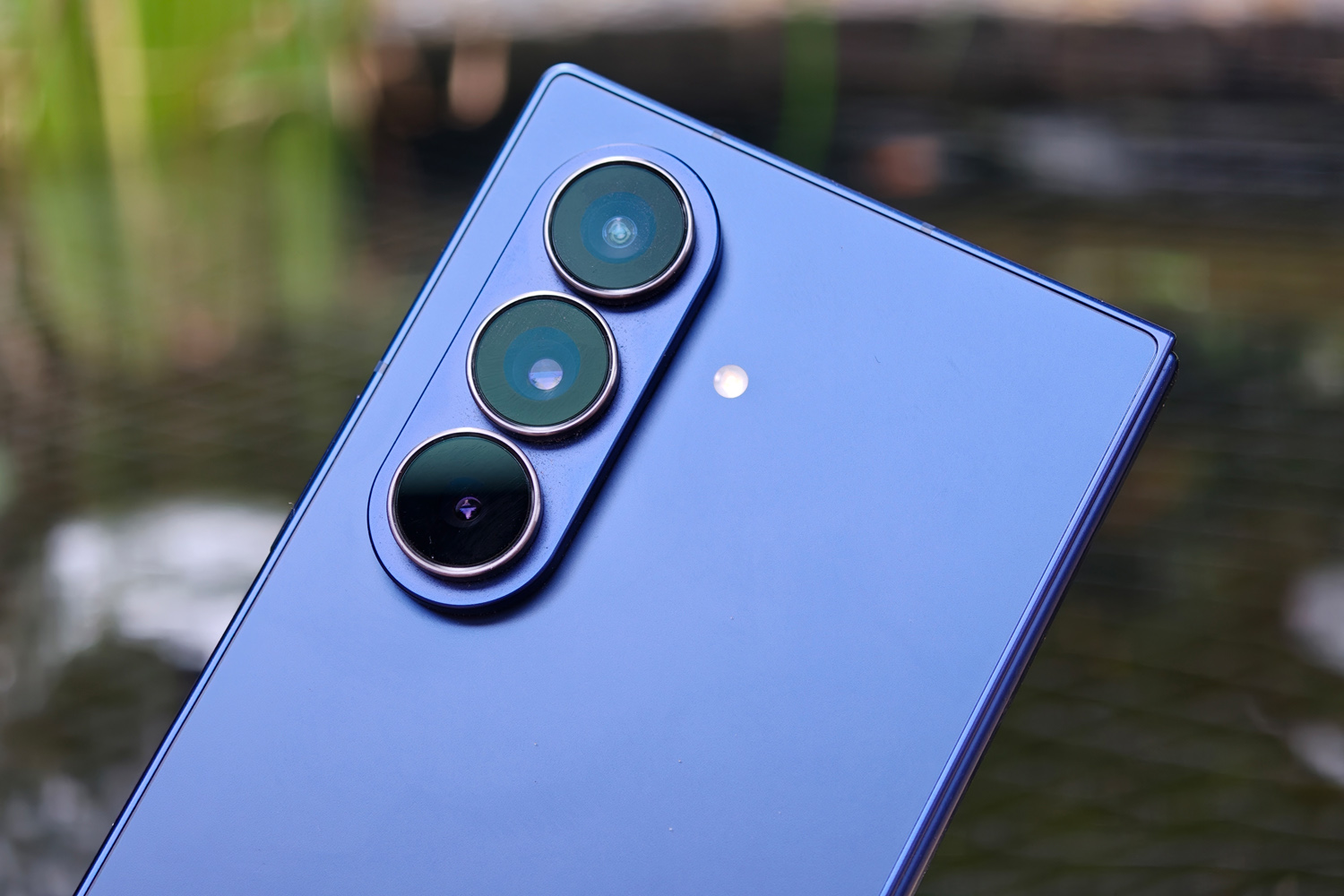
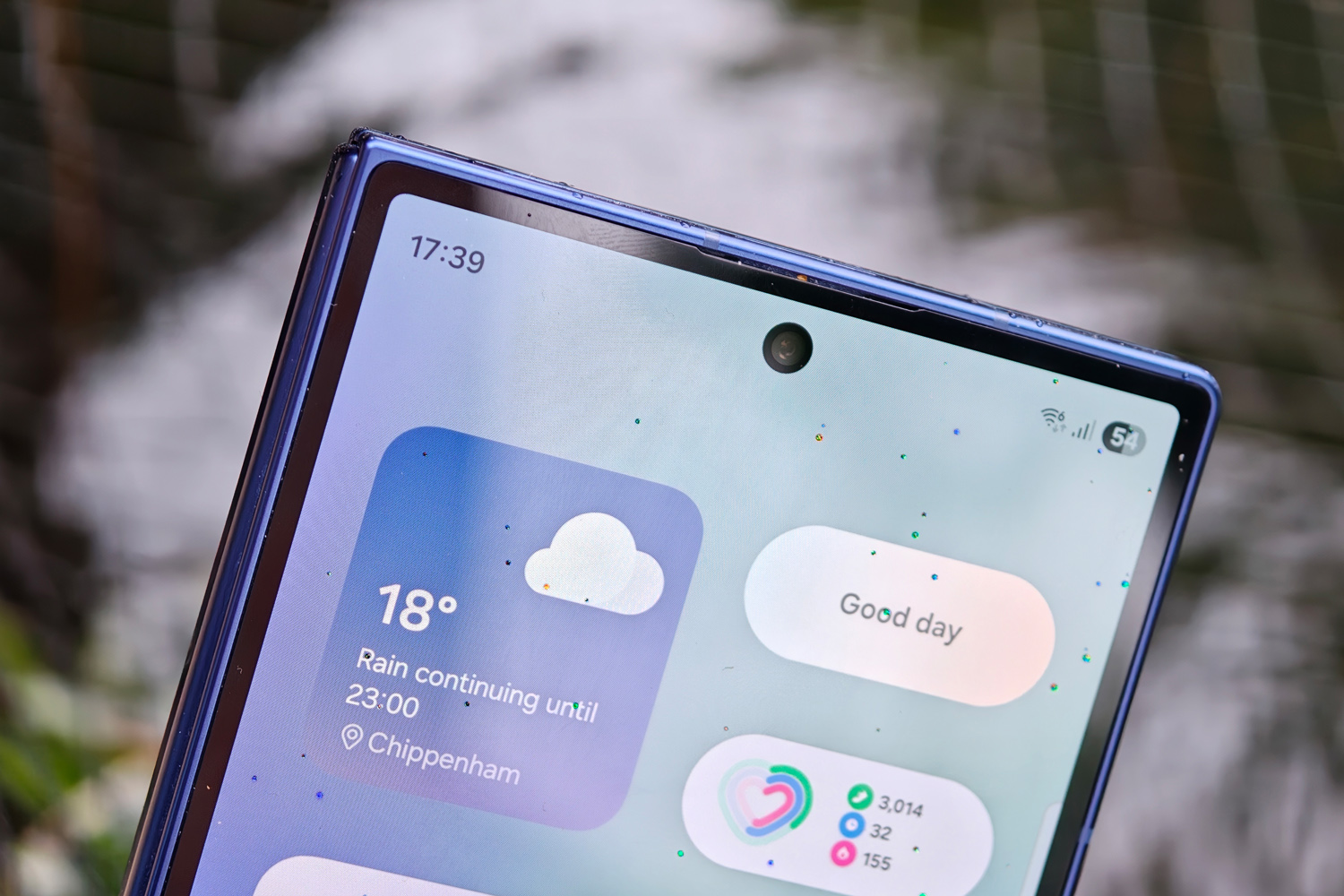
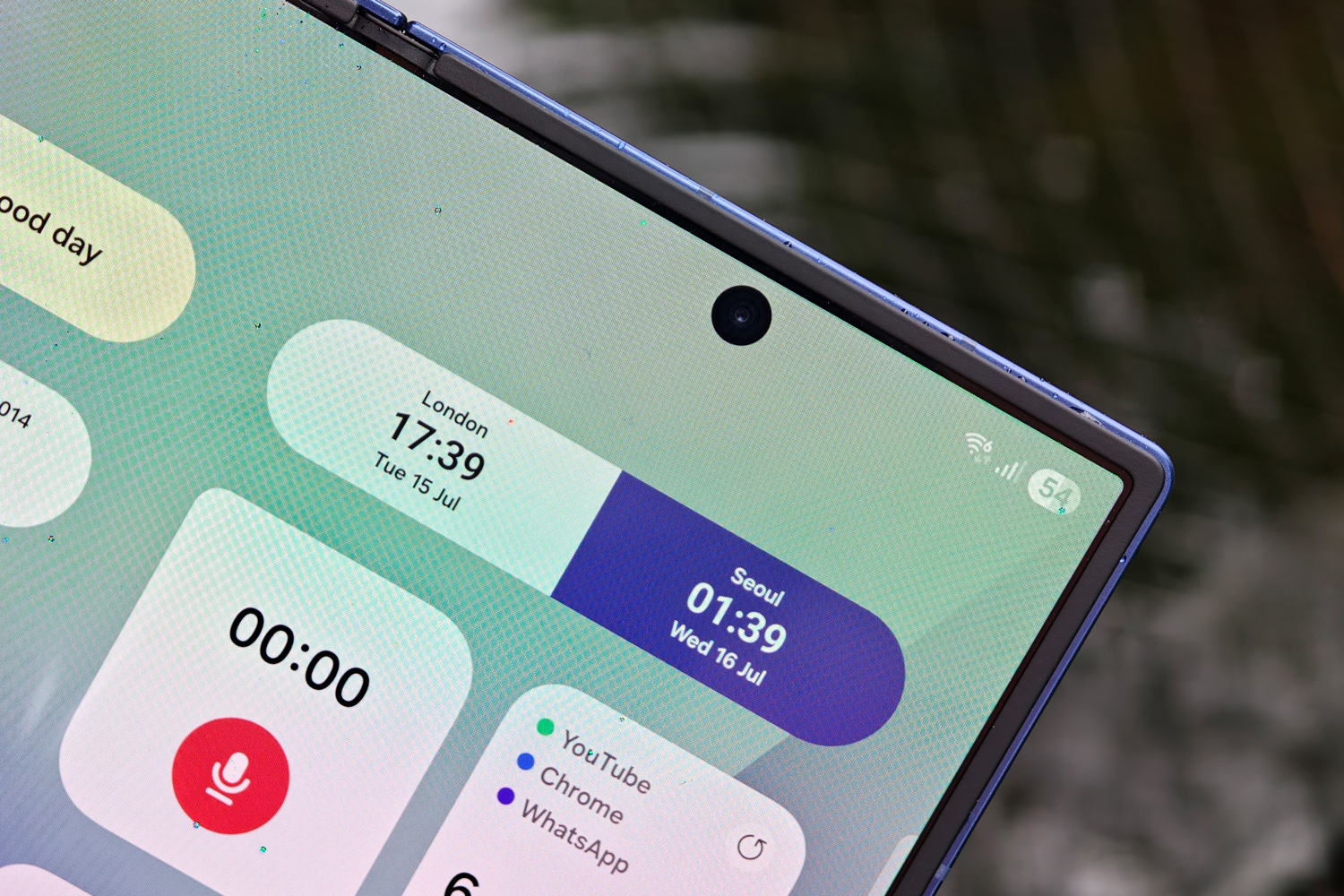
By inheriting the Galaxy S25 Ultra’s 200MP lead snapper, the Galaxy Z Fold 7 has been instantly propelled to the top of the foldable photography leaderboard. The 1/1.3in sensor gets optical image stabilisation, multi-directional phase detect autofocus, and an f/1.7 aperture that should make it adept in almost any lighting conditions.
It’s paired with a 12MP ultrawide, which has gained macro close-up abilities for the first time in any Z Fold phone, and a 3x telephoto. While the zoom lens does get OIS, the narrower f/2.4 aperture and modest pixel count mean it’s now the weakest of the three. Still, Samsung’s stellar image processing goes a long way to make up for it.
3x shots do look softer and less defined, even in good light, but you’d still be happy to use any image taken with it on social media. Colour, exposure and contrast are a close match for the other two lenses. The ultrawide is slightly sharper and with more fine detail, while the ability to get properly close to your subject brings some welcome extra versatility.

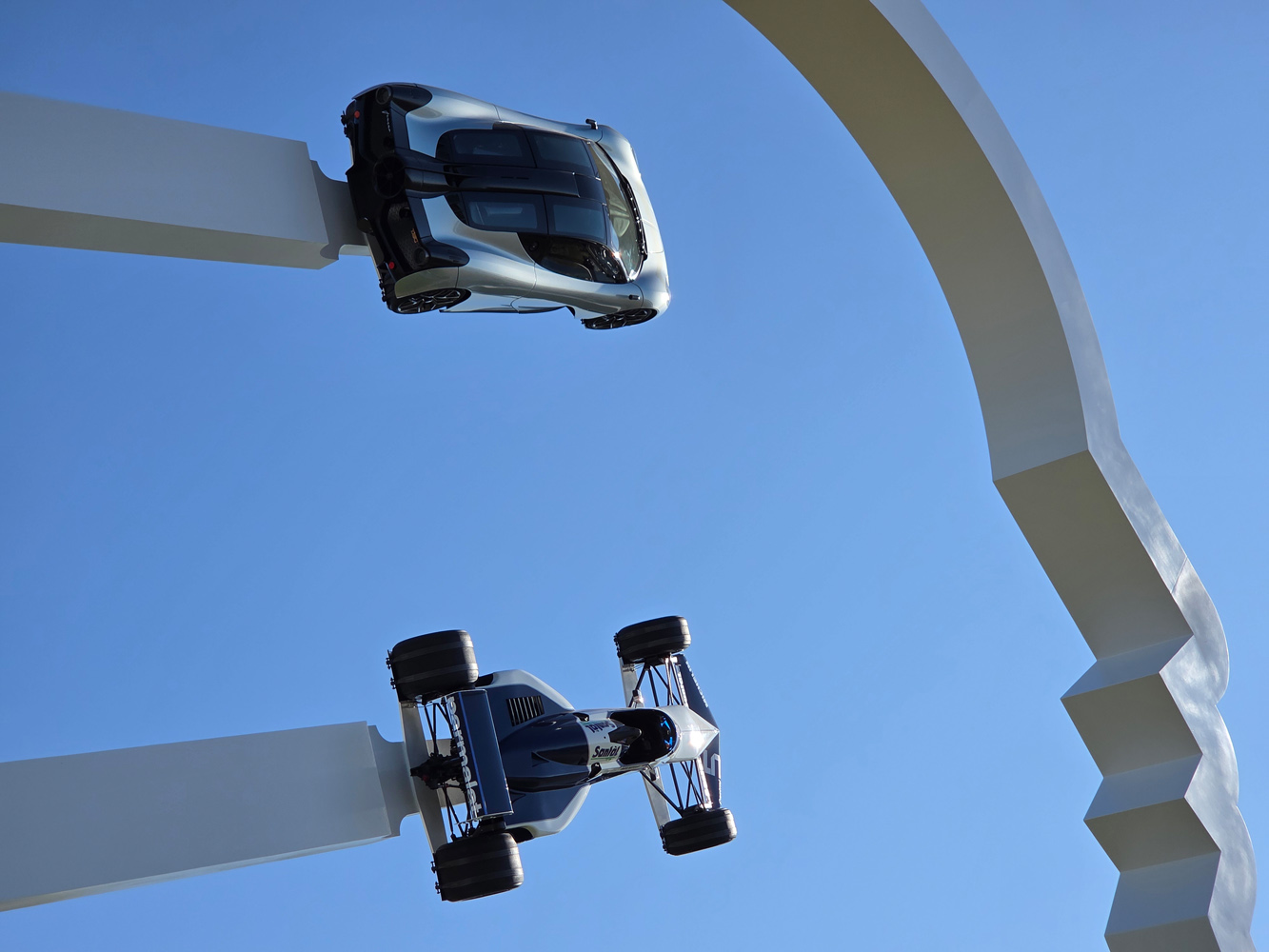
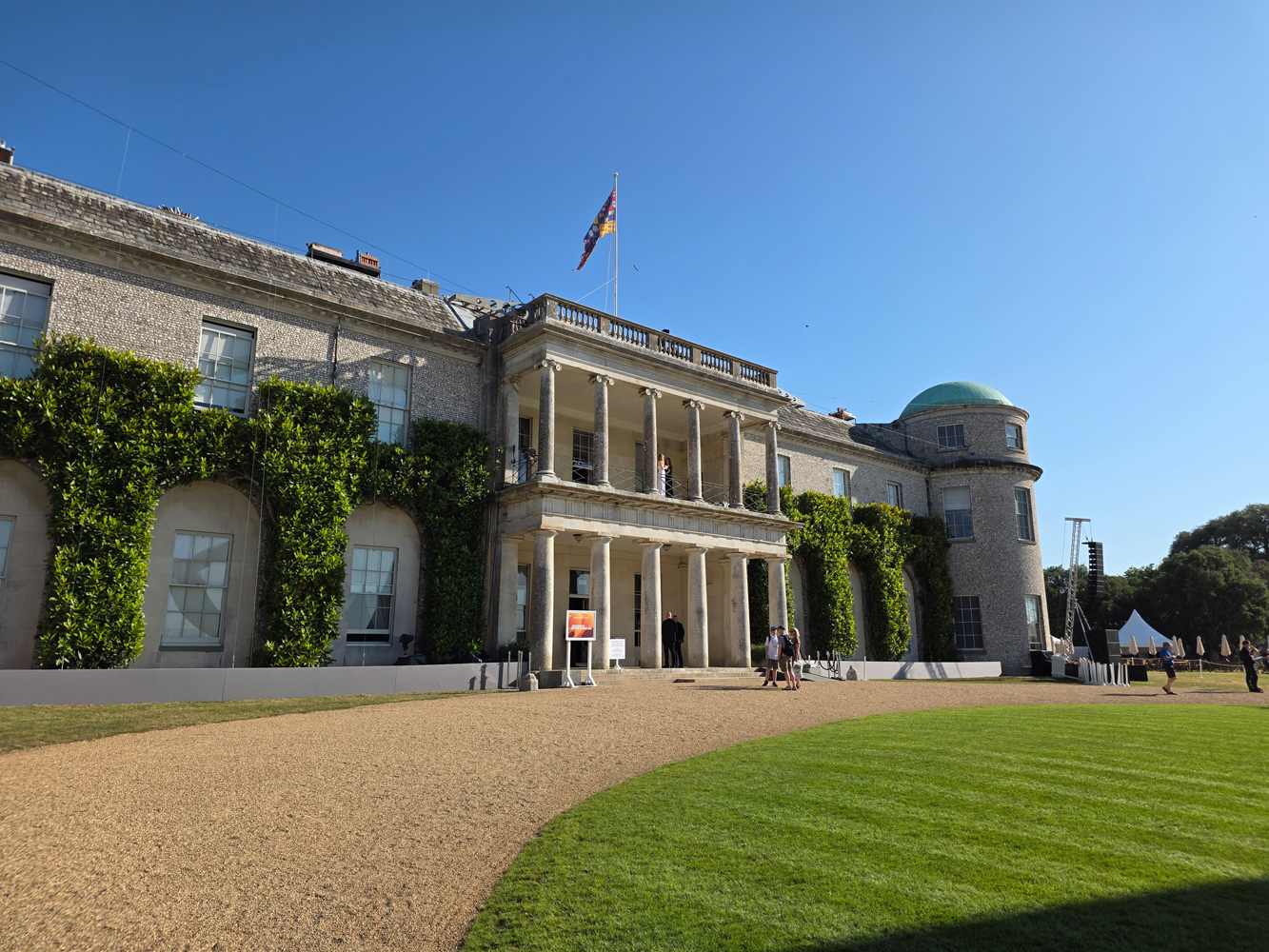
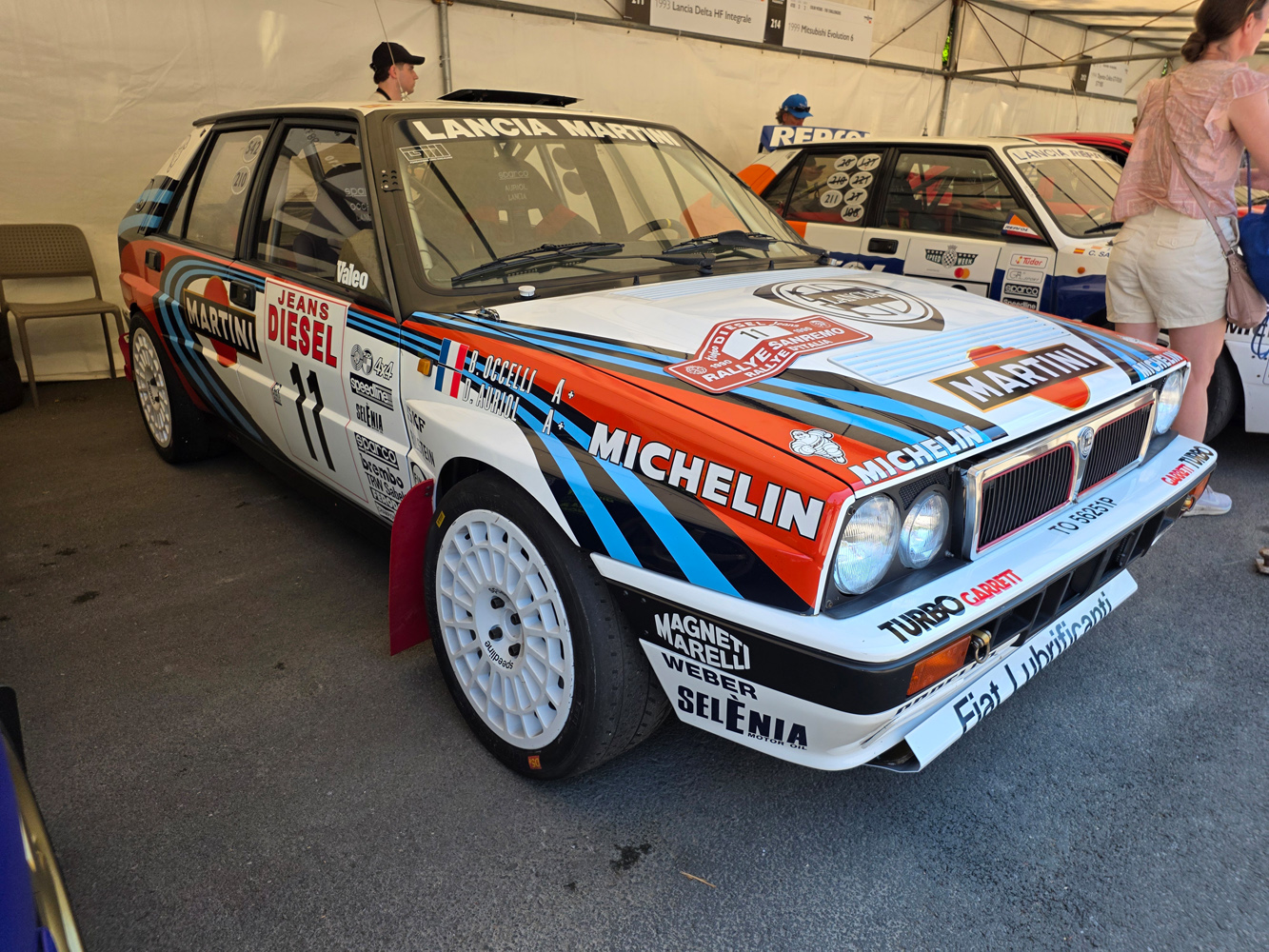
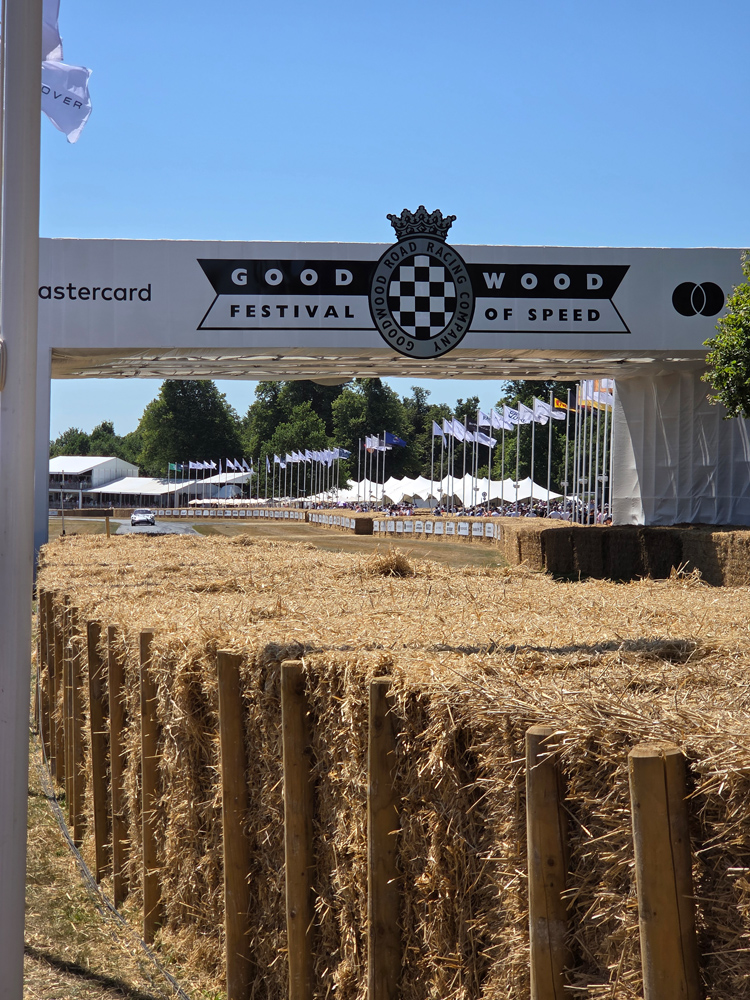

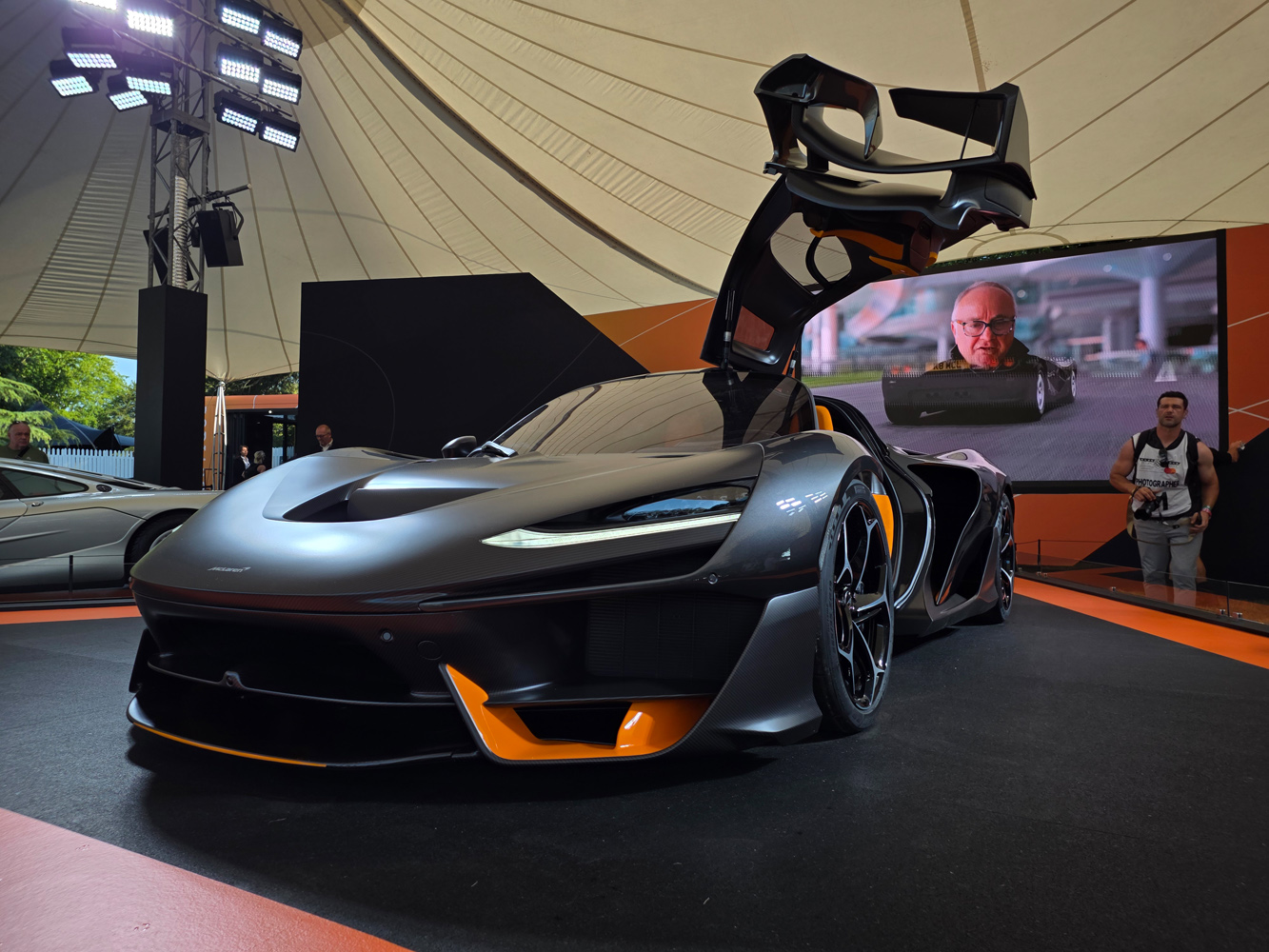
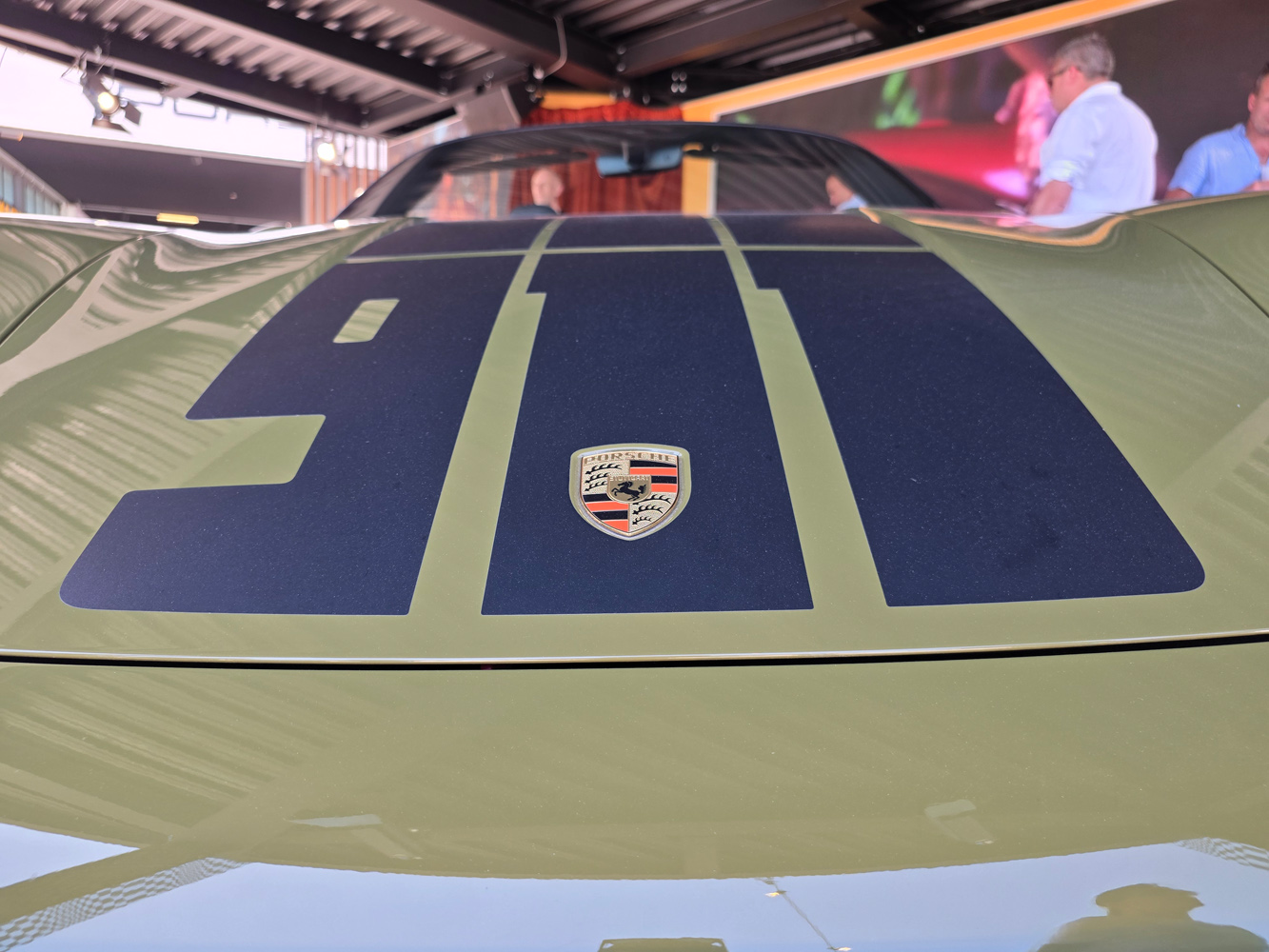



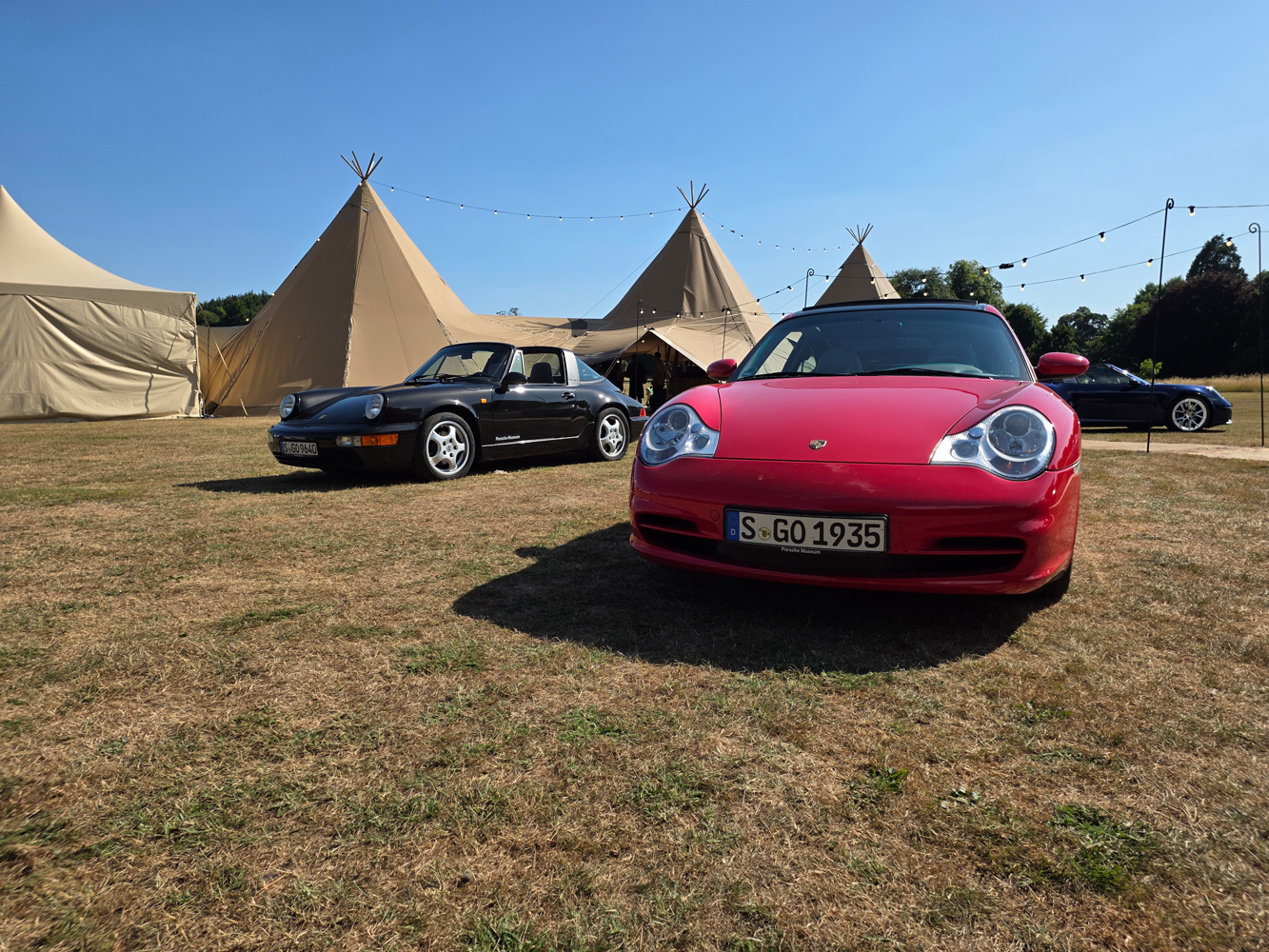
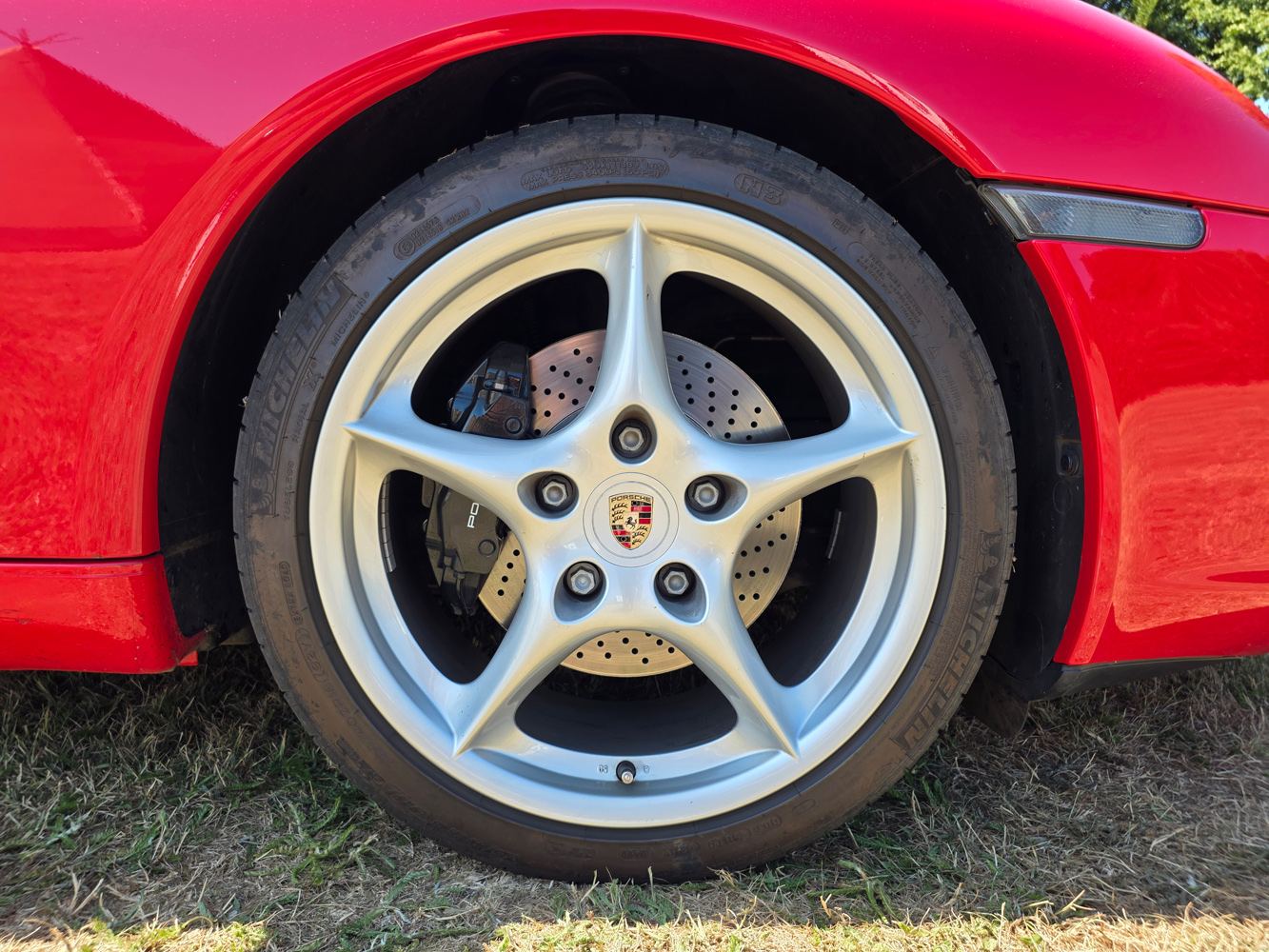

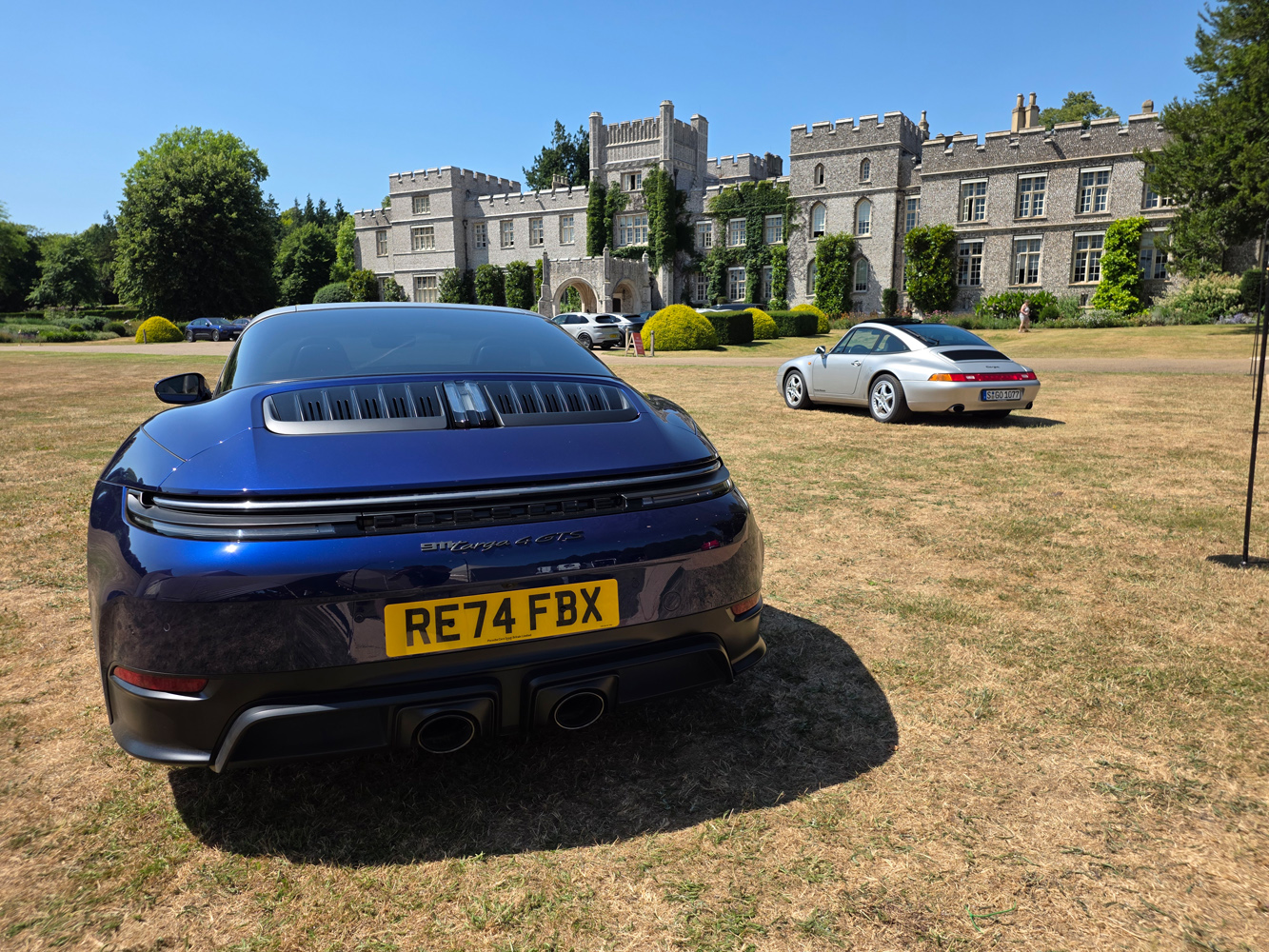
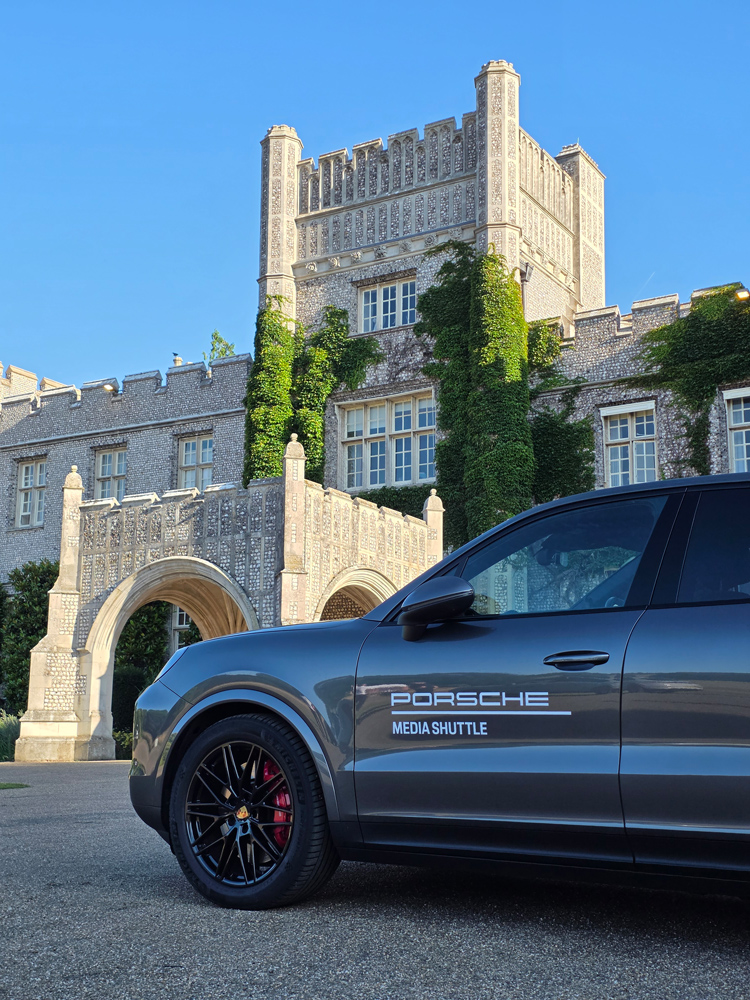


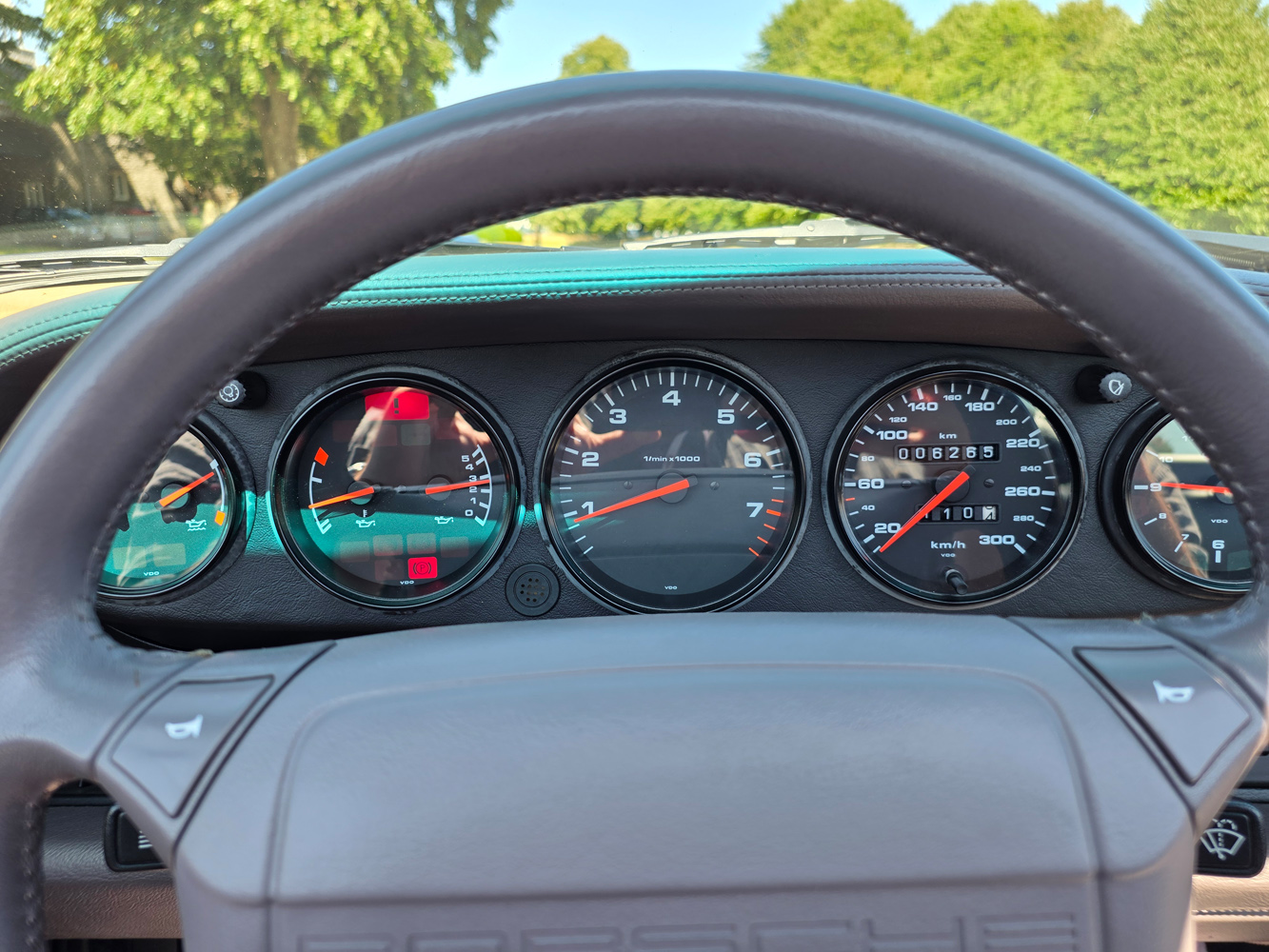
We’re not quite at S25 Ultra levels of clean magnification or ultrawide clarity yet, but the lead lens gets very close indeed. My daylight snaps were packed with clean details, vibrant colours, and plenty of dynamic range. Things don’t falter at night, either, with minimal noise and a natural white balance. It’s comfortably up there with the best folding phones for photography.
Samsung has also seemingly improved its shutter lag, or rather its ability to freeze fast-moving subjects. Shots that would’ve been blurry on older hardware look crisp here.




As someone who loathes selfies, I expected to hate the inner screen’s 10MP punch-hole camera – but it never got in the way of what I was watching or doing onscreen, and the snaps it takes are a major step up from the Z Fold6’s weak 4MP under-display sensor.
Performance & battery: power by the hour
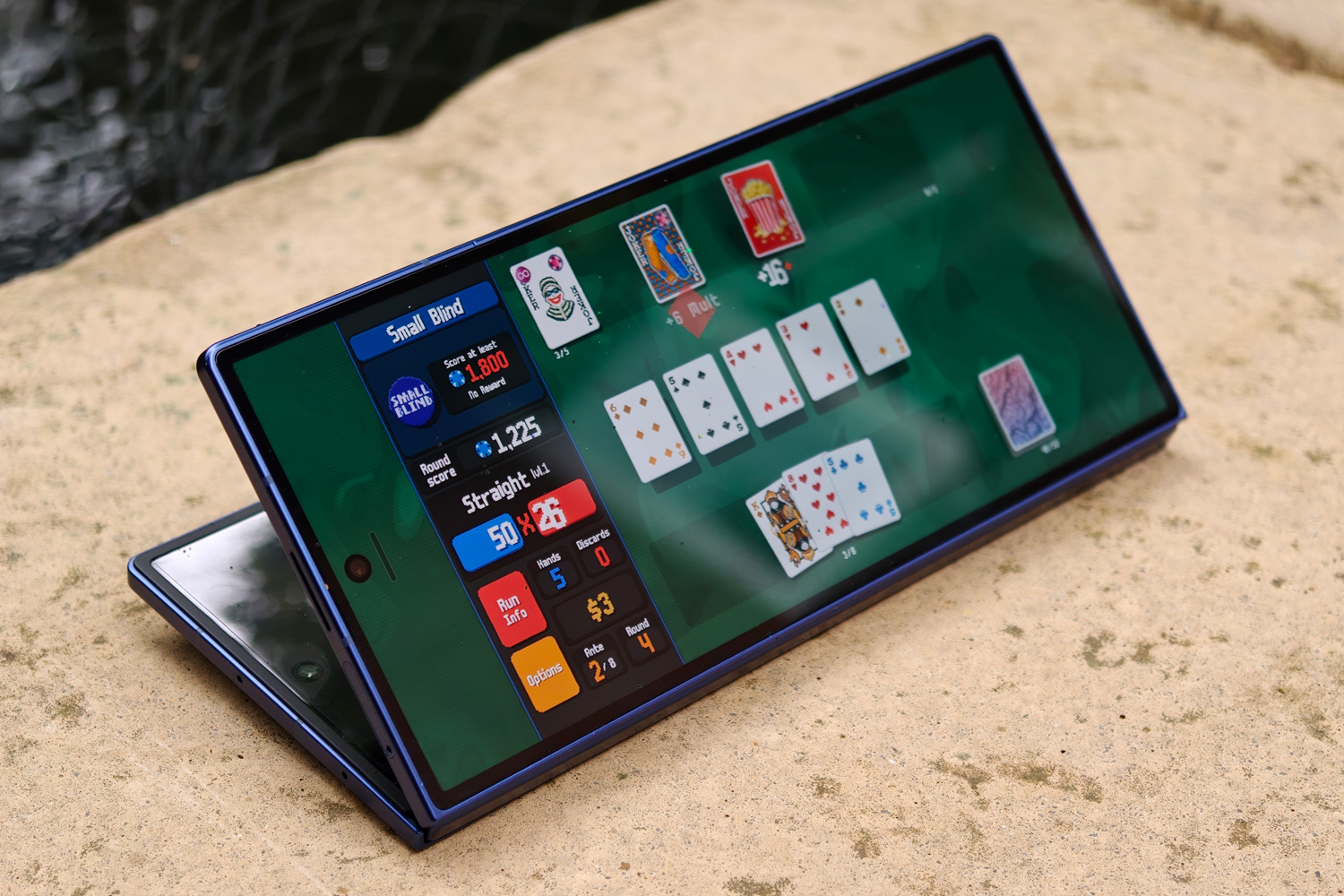
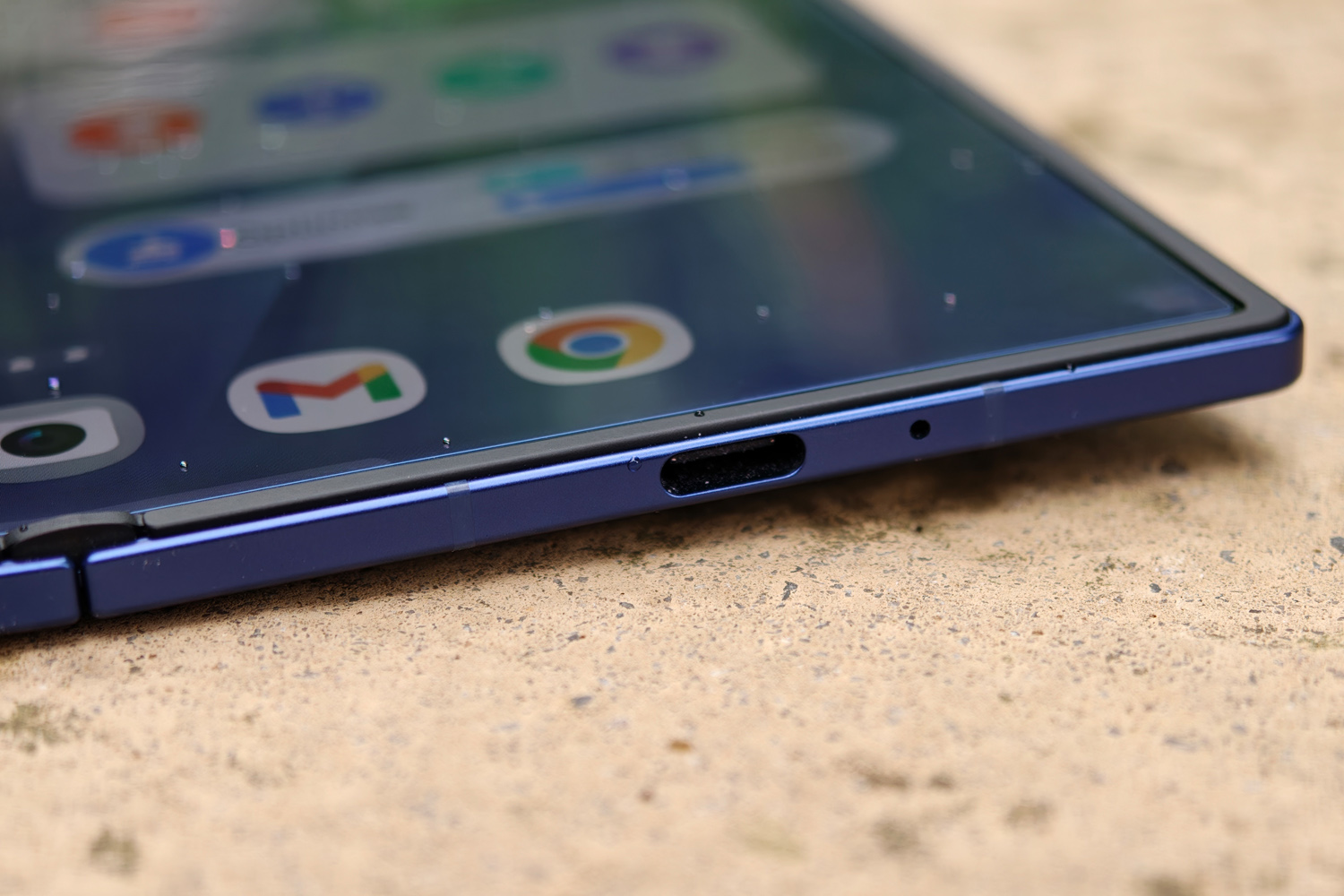

Samsung hasn’t taken any spec shortcuts in the name of slimness, so you’re getting the same Snapdragon 8 Elite for Galaxy chipset as you’ll find in the S25 Ultra. All eight cores of it (I’m looking at you, Oppo Find N5) paired with either 12 or 16GB of RAM and up to 1TB of storage, depending on how fast and loose you’re prepared to play with your credit card’s spending limit.
The Z Fold 7 is rapid in all respects, posting single run benchmark scores in the same ball park as the best Android phones. Clock speeds aren’t quite as aggressive, so it won’t challenge the absolute fastest phones, but the results below are impressive for a phone so thin. There’s comfortably enough oomph for three app multitasking, and games play pretty much flawlessly on either screen. Android navigation is as smooth as silk.
| Geekbench 6 single-core | 2121 |
| Geekbench 6 multi-core | 7858 |
| Geekbench AI | 3396 |
| PCmark Work 3.0 performance | 16723 |
| 3Dmark Solar Bay | 8616 |
| 3Dmark Wildlife Extreme | 3830 |
I’ve not seen any significant throttling in daily use, despite some torturous ambient temperatures, but hardcore gamers might reach the skinny chassis’ thermal limits sooner than I did. More casual, less demanding games won’t present any problems.
The modest battery capacity is less impressive. Samsung has used the same 4400mAh battery for five successive Fold generations now, while rivals like the Honor Magic V5 are landing with significantly higher capacities. Charging speeds are also really lagging behind big name foldables from Chinese brands: 25W over USB-C and 15W wireless refuelling is properly pedestrian at this point.
I still managed to get from breakfast to bedtime with moderate use – just about – and video playback on the inner screen isn’t a huge drain. But on days where I used the camera a lot, and downloaded some large files over a 5G connection, I needed a top-up by mid-afternoon to guarantee I’d make it to the end of the night. If longevity matters most to you, this is perhaps the biggest reason to consider the alternatives.
Software: all you need and more
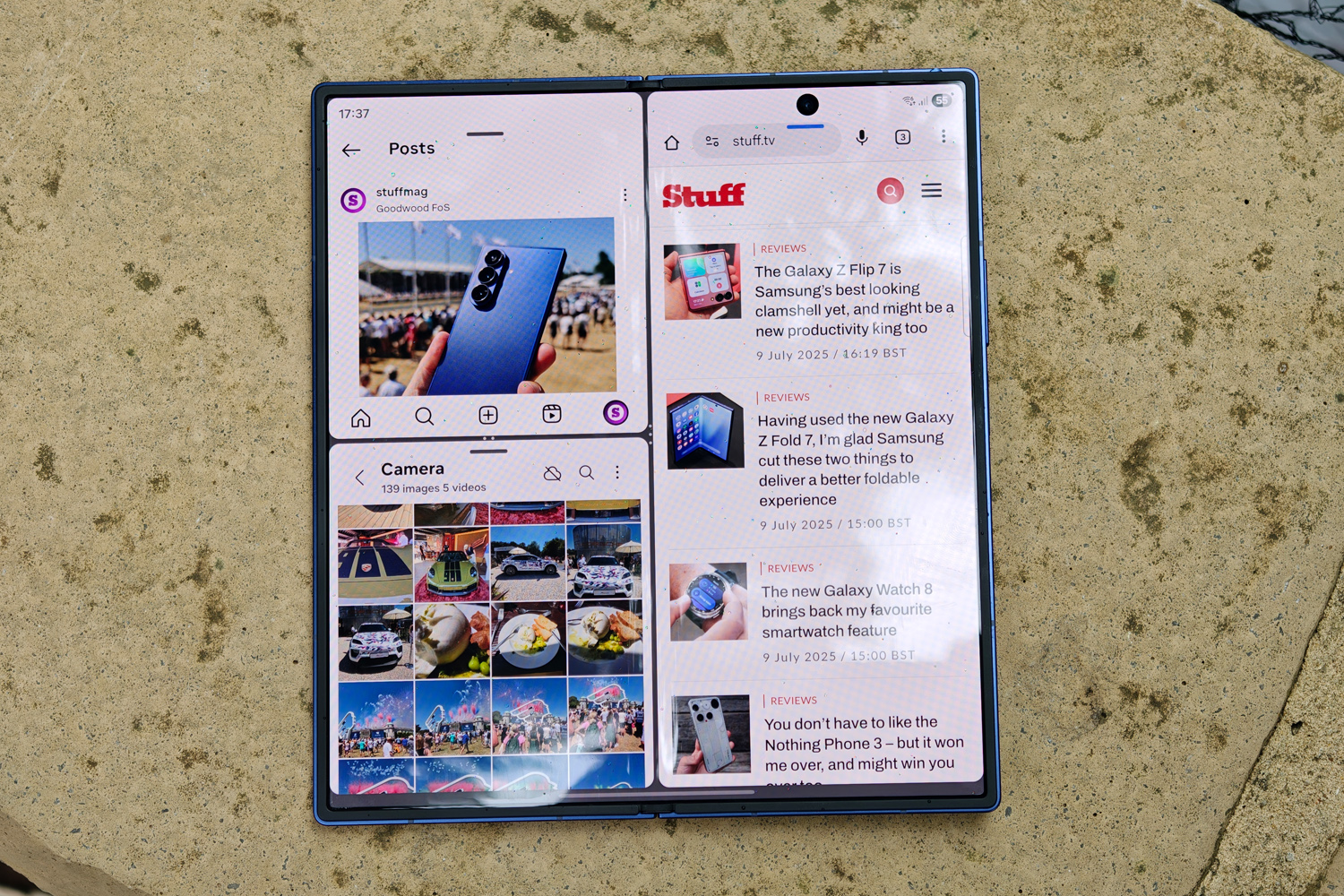
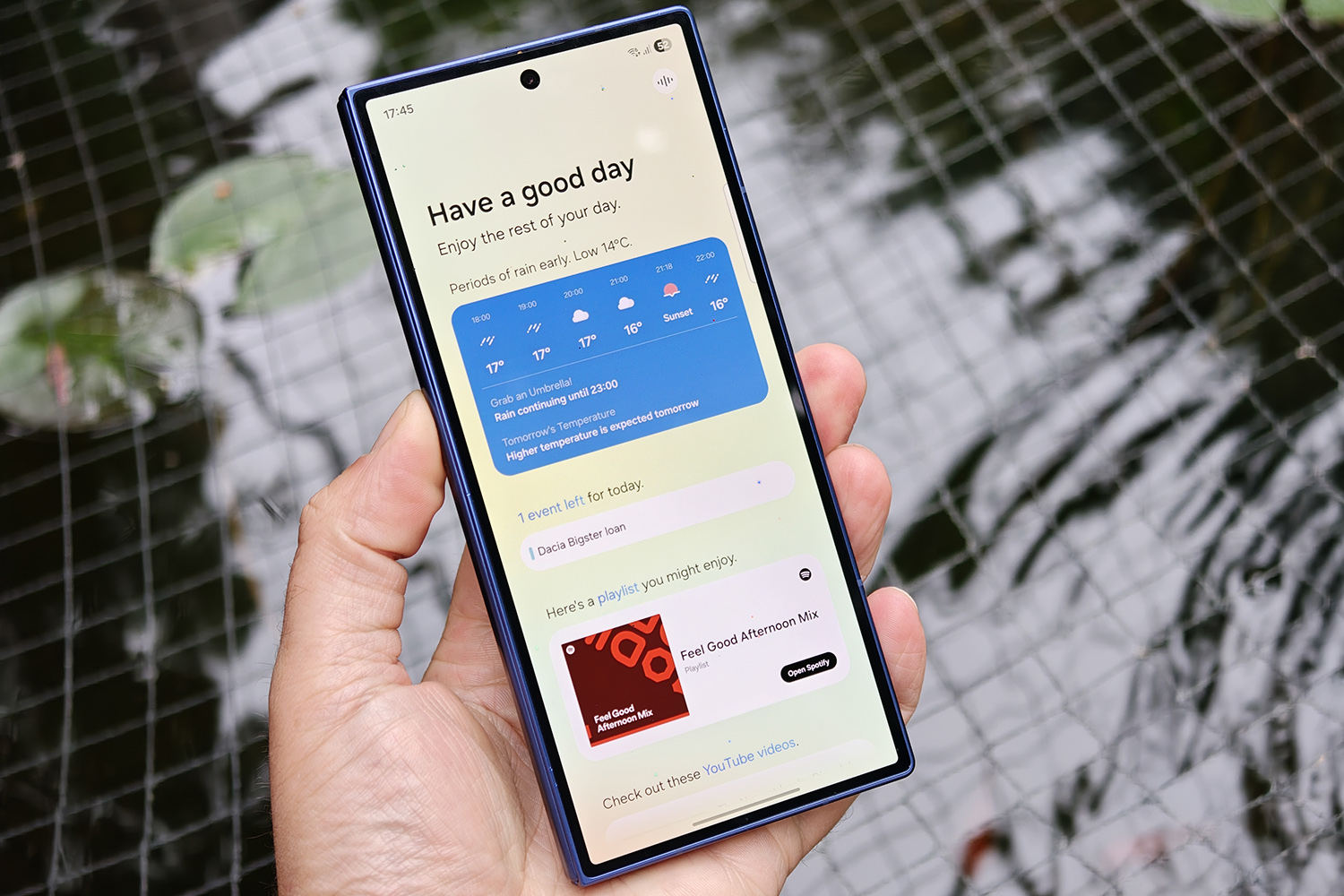
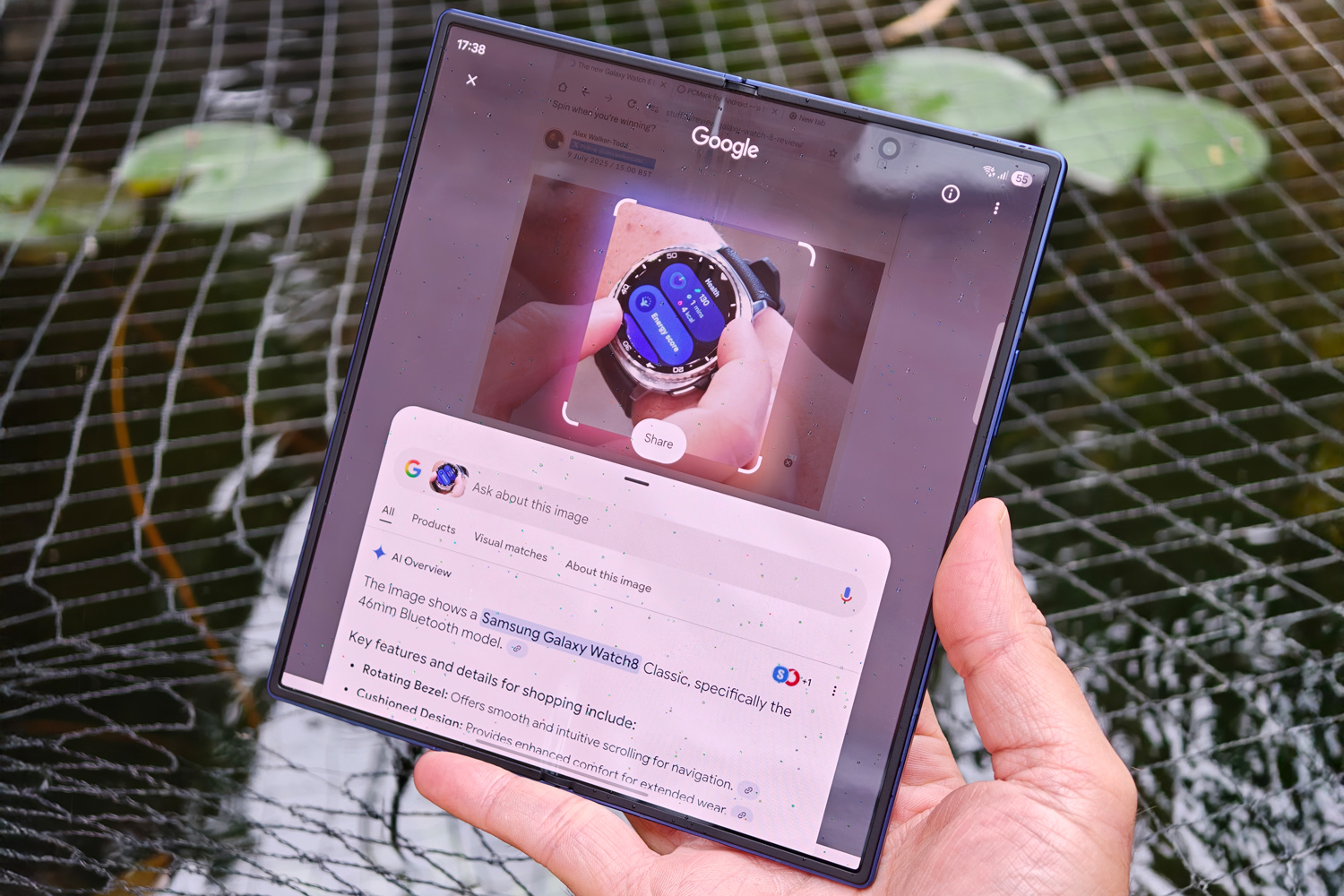
Samsung has beaten even Google’s own Pixel phones to the punch by launching the Galaxy Z Fold 7 with Android 16 – though you wouldn’t know it from a quick glance at the homescreen. One UI 8 sits on top with a wealth of AI-infused apps, colourful widgets and features designed to make the most of that big inner display.
Things aren’t all that removed from the last-gen software, with the day-summarising Now Bar and Now Brief taking pride of place on the home screen. All the apps that are desperate to bring Galaxy AI into your life are present and correct, and Samsung has plenty more pre-installed to keep you busy. It can be quite overwhelming if you’re not coming from an older Galaxy phone.
Google’s additions include Circle to Search knowing when you’re playing games and offering hints or support without taking you out of the action. Google Gemini Live has also gained screen sharing, and Gemini itself works far better in a floating window.
The biggest upgrade is to multitasking, with a new 90:10 split making it almost as easy to use two apps at once on the outer screen as it is on the larger internal one. It’s rapidly approaching OnePlus’ Open Canvas in terms of usability, and gets a big thumbs up from me.
So does Samsung’s long-term update commitment of seven years of new Android generations, which is as good as it gets from a current-gen foldable (and will likely stay that way until the next Pixel Pro Fold arrives).
Samsung Galaxy Z Fold 7 verdict
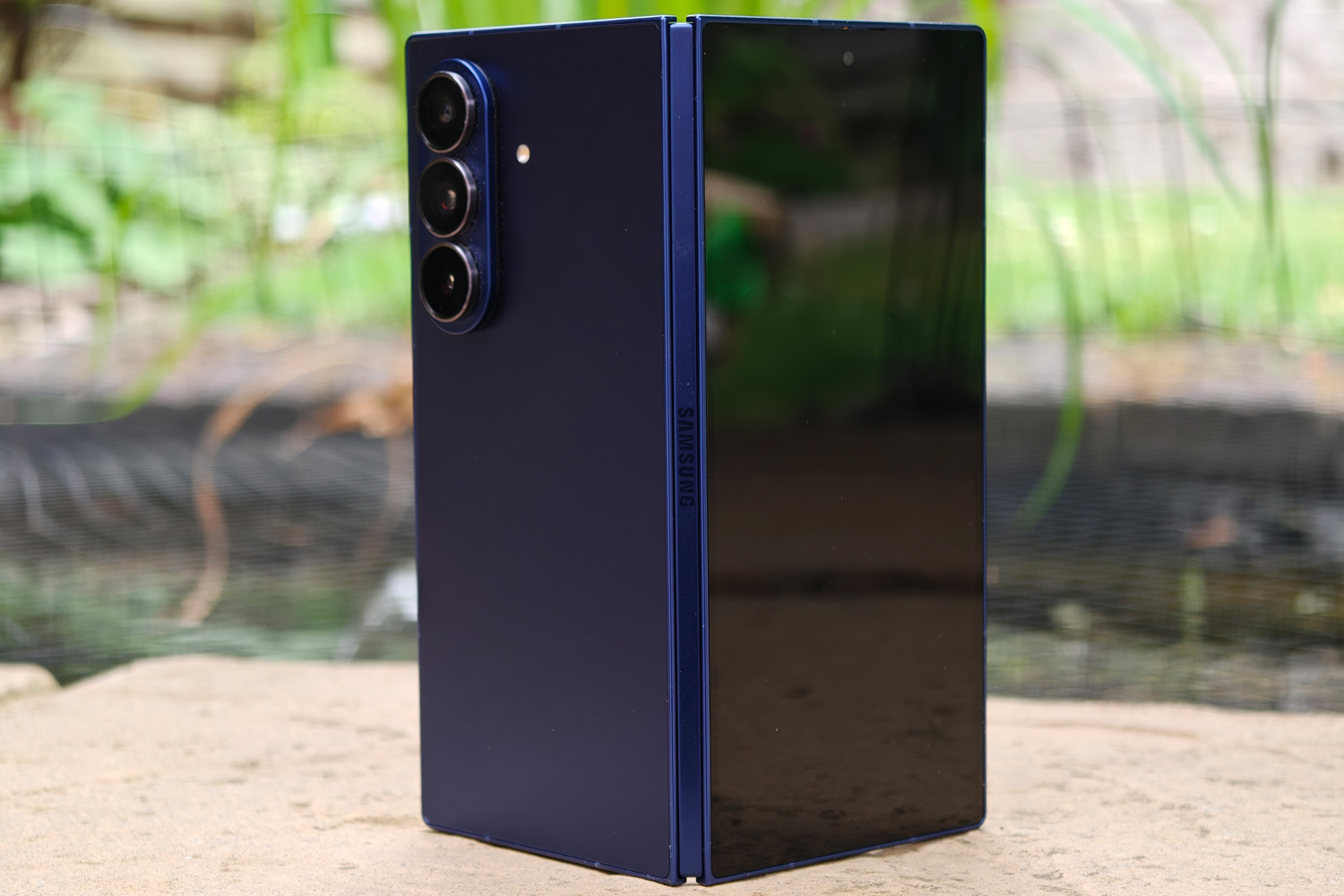
Samsung knows better than most how hard engineering phones can be. Remember the explosive Galaxy Note 7? Part of the challenge is knowing what to leave out, and cutting a few features has arguably turned the Z Fold 7 into the best of the current foldable breed.
Sure, the lack of stylus support might sting a little for the small minority that used an S Pen on older Folds. And battery is becoming a bit of a lead weight for Samsung phones in general. But the Z Fold 7’s svelte form, expansive screens and capable rear cameras otherwise bring it up to par. Feature-packed software and swift performance then make it very easy to live with indeed.
Book-style foldables are still niche – the high price puts them out of reach for many – but the Galaxy Z Fold 7 just made them that little bit more mainstream.
Stuff Says…
Slimmer than ever, and with a superior camera setup; the Galaxy Z Fold 7 is a monumental year-on-year upgrade. Samsung has finally given foldable fans (almost) everything they’ve been asking for.
Pros
Finally, a properly thin and desirable Z Fold
Rear camera trio put in a fab performance for a foldable
Larger screens make all the difference to usability
Cons
Battery capacity is now the weak link
A small minority will miss S Pen support
Samsung Galaxy Z Fold 7 technical specifications
| Screen | 6.5in, 2520×1080 120Hz AMOLED (outer) 8in, 2184×1968 120Hz AMOLED (inner) |
| CPU | Qualcomm Snapdragon 8 Elite for Galaxy |
| Memory | 12/16GB |
| Cameras | 200MP + 10MP telephoto + 12MP ultrawide rear 10MP front 10MP inner |
| Storage | 256GB/512GB/1TB |
| Operating system | Android 16 w/ OneUI |
| Battery | 4400mAh w/ 25 wired, 15w wireless charging |
| Dimensions | 158x143x4.2mm (unfolded) 158x73x8.9mm (folded) 215g |


